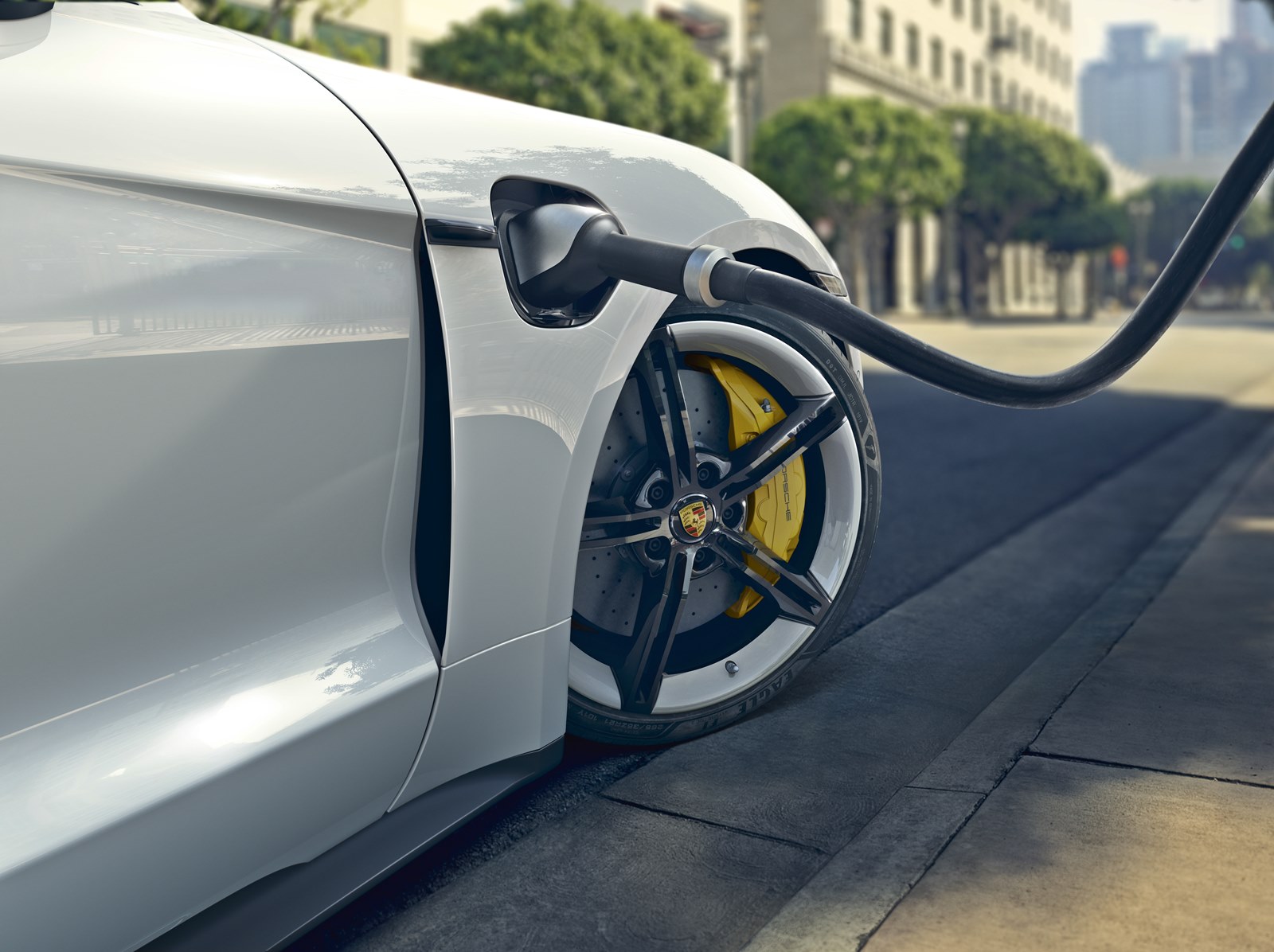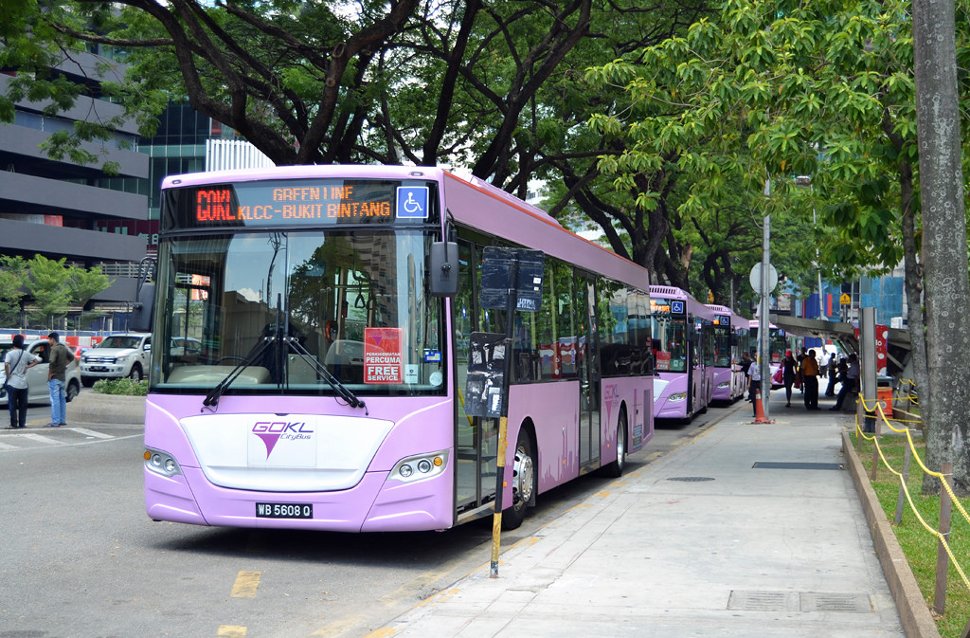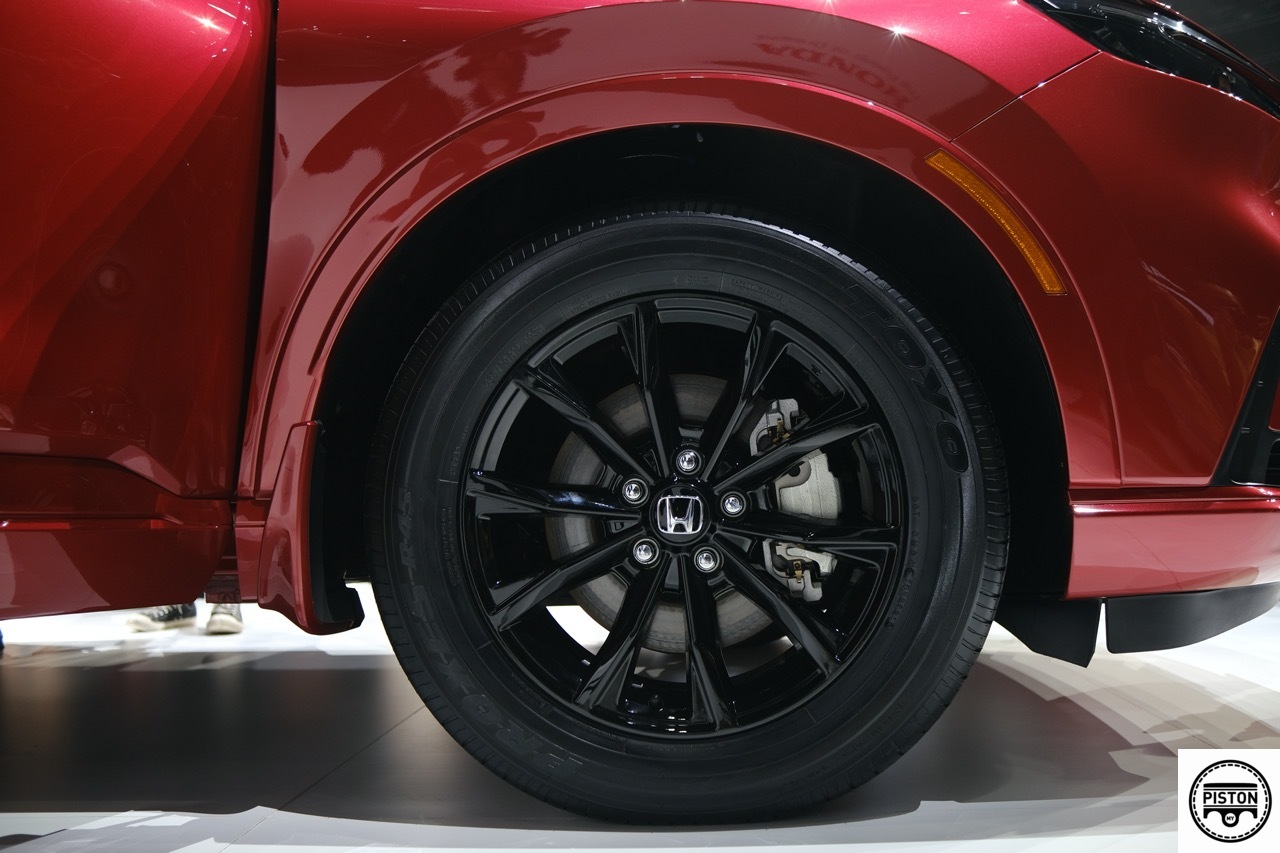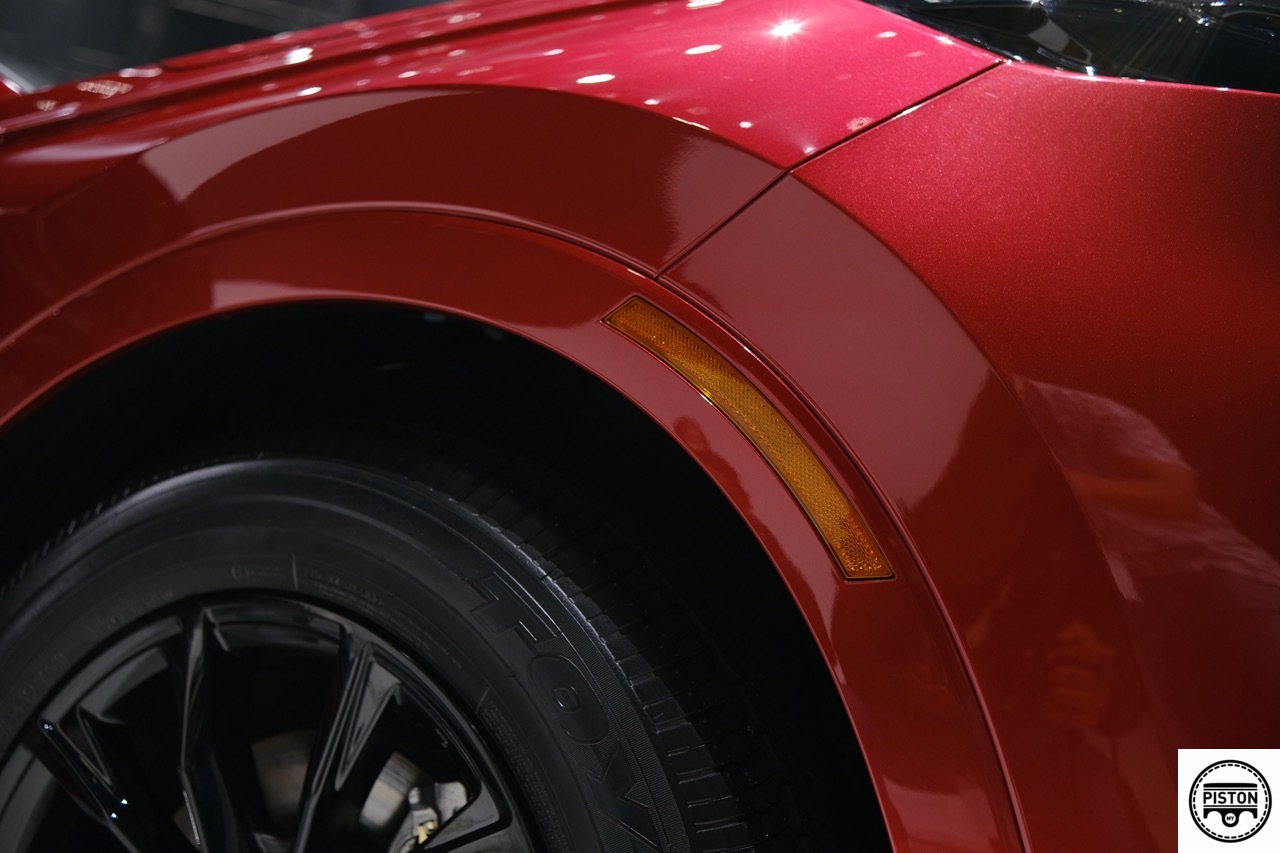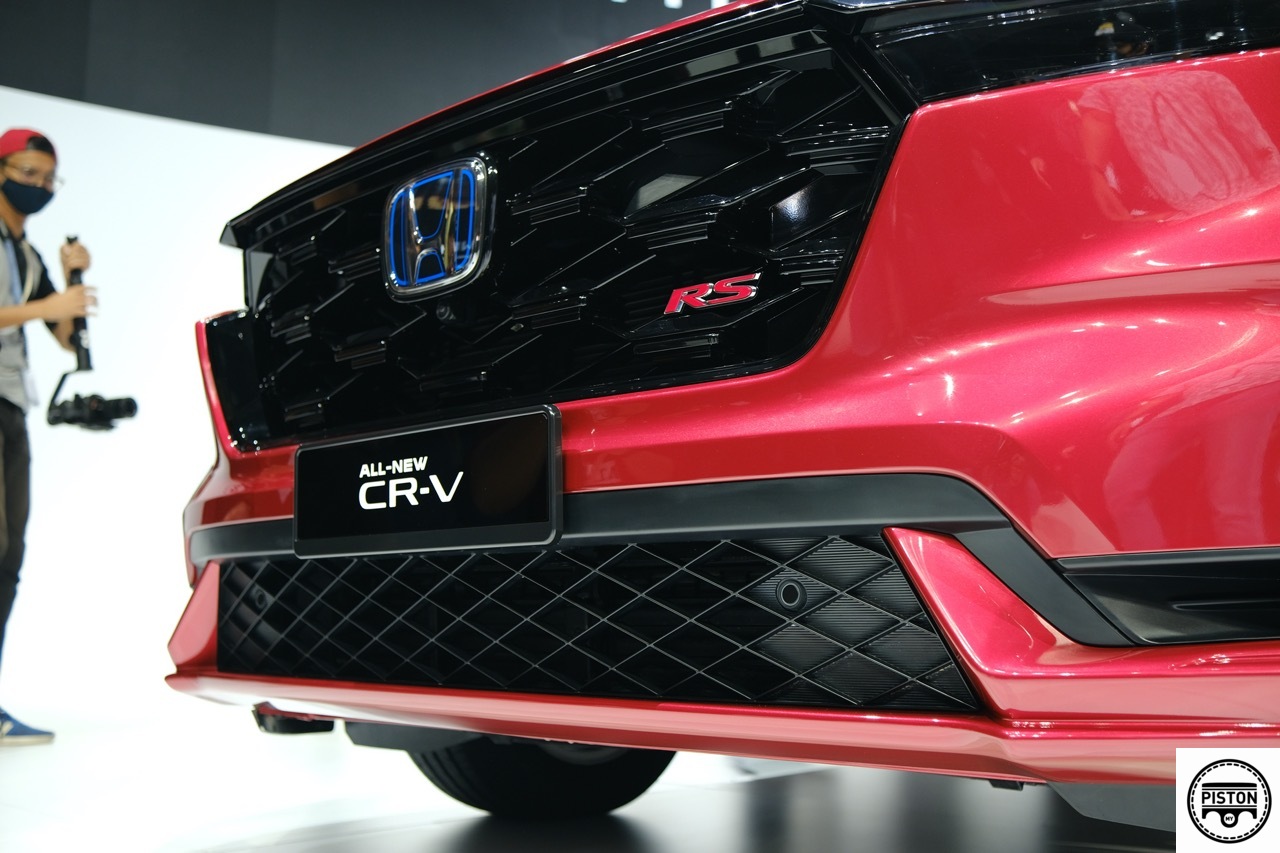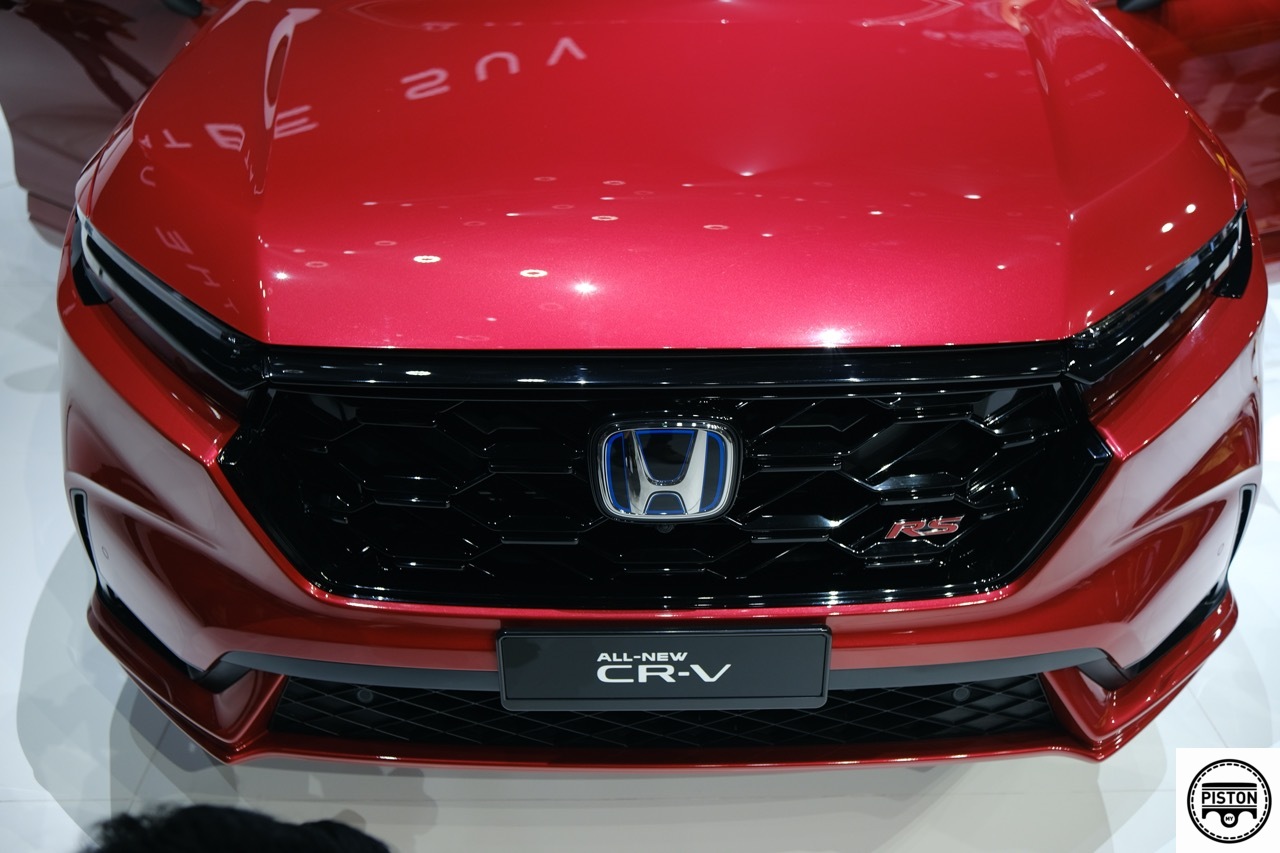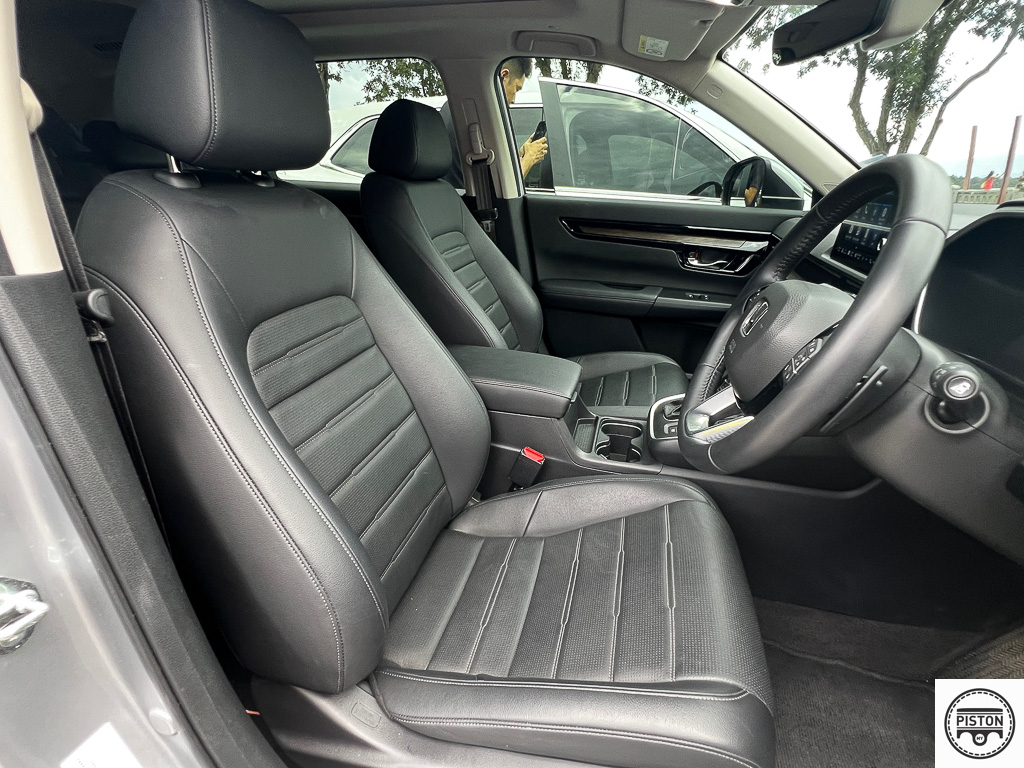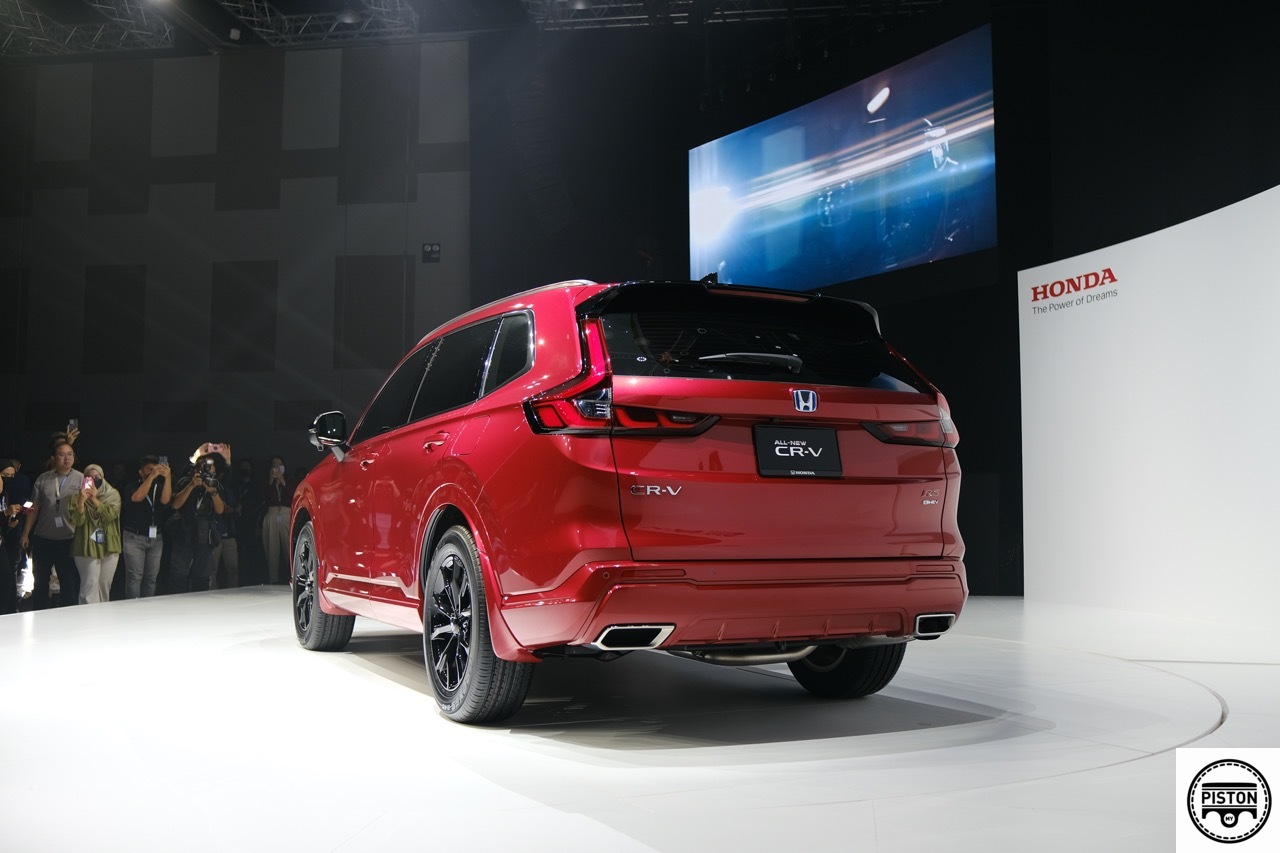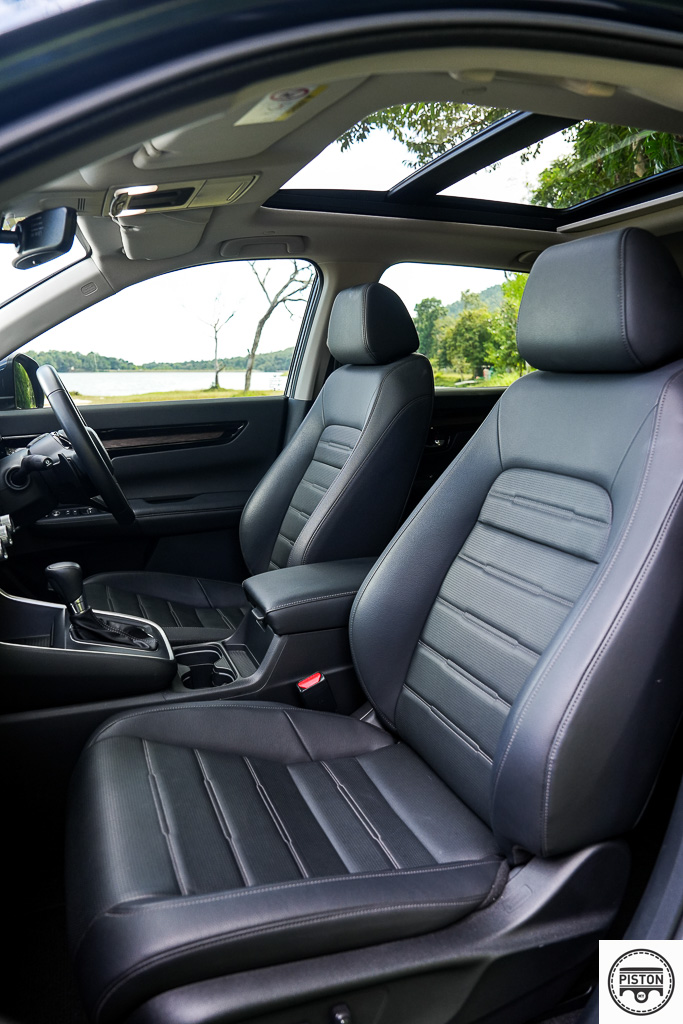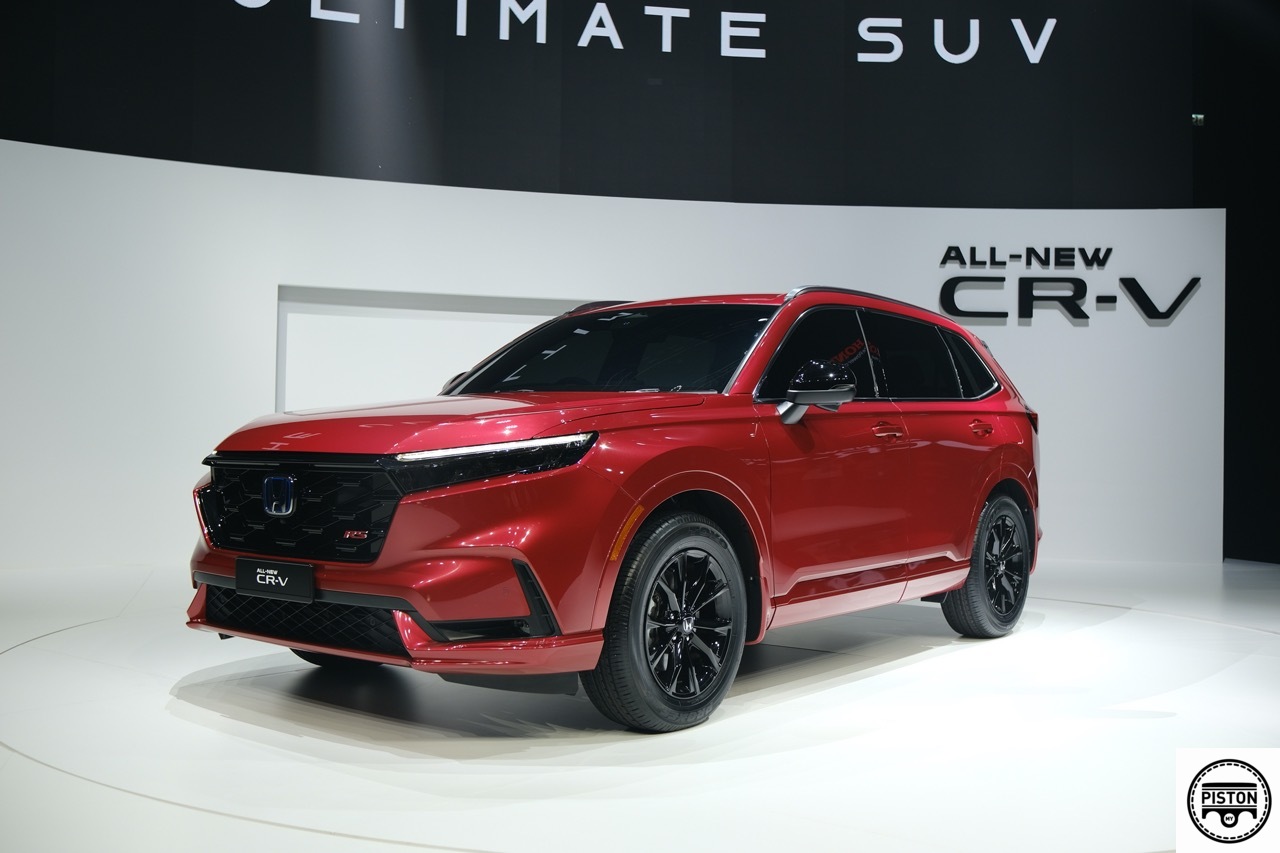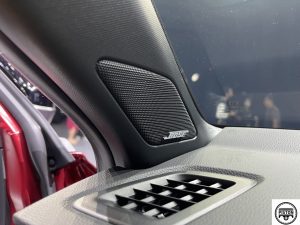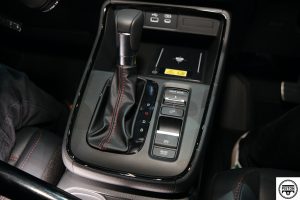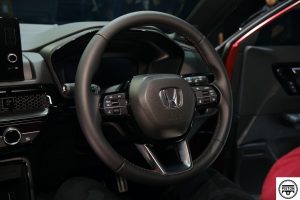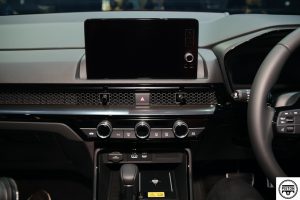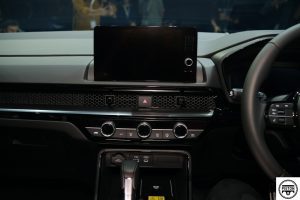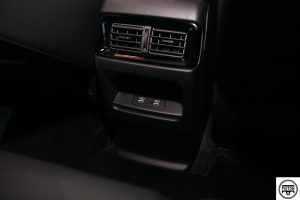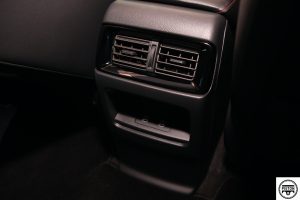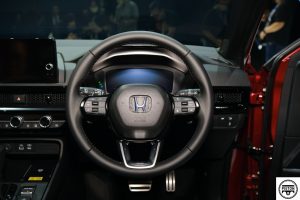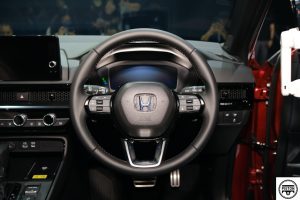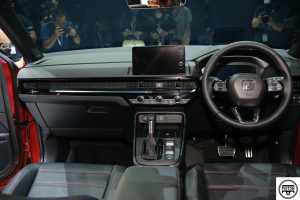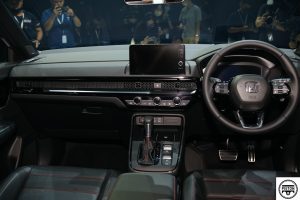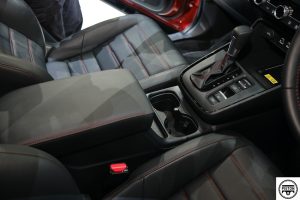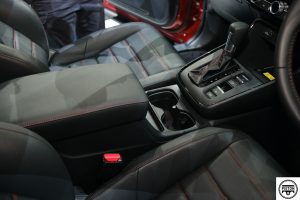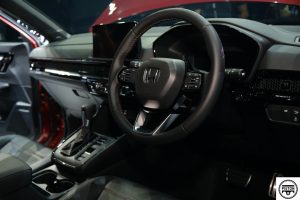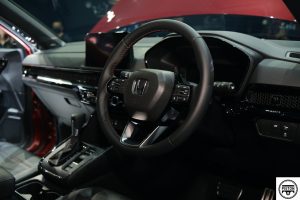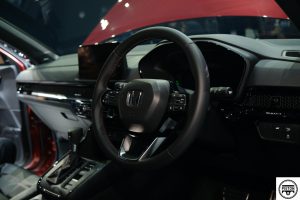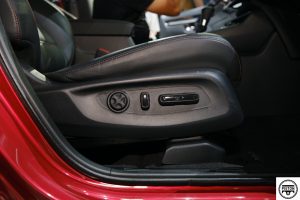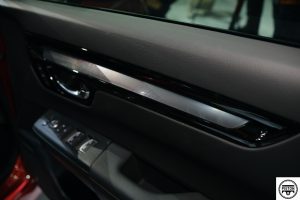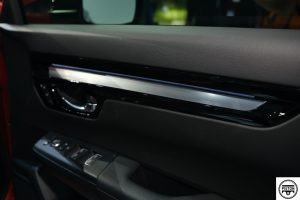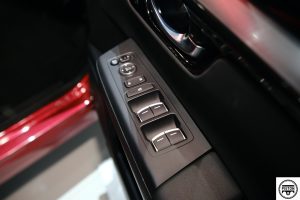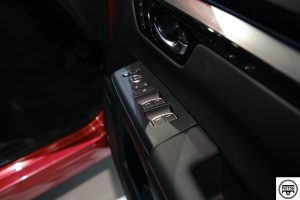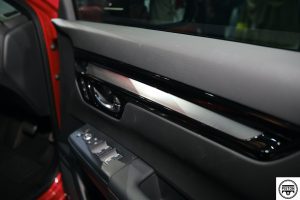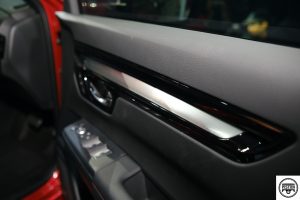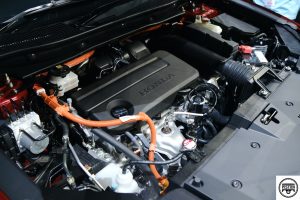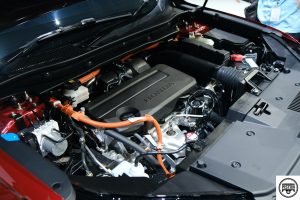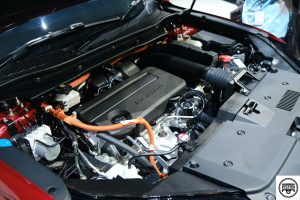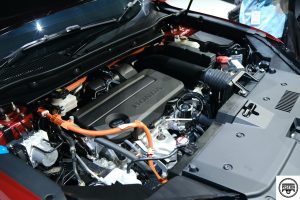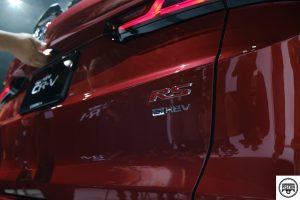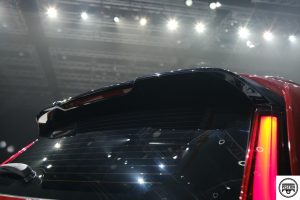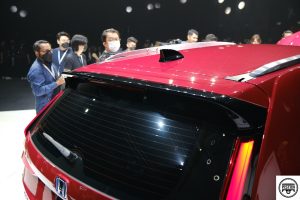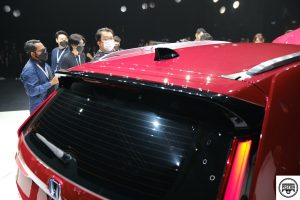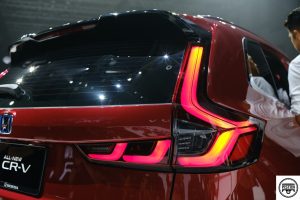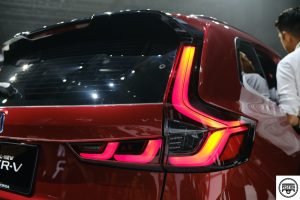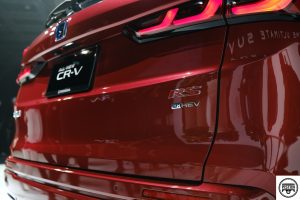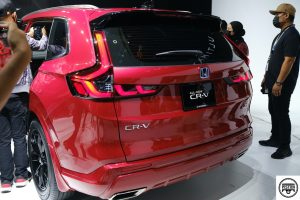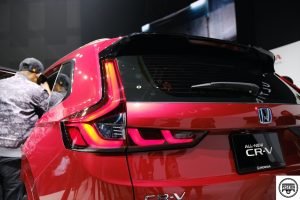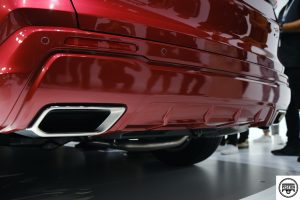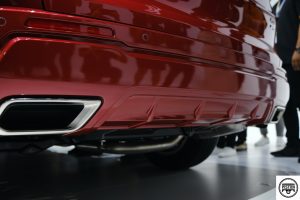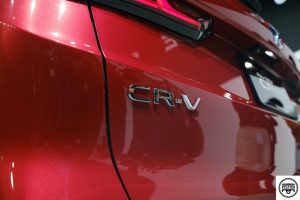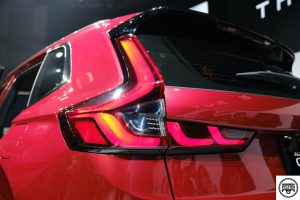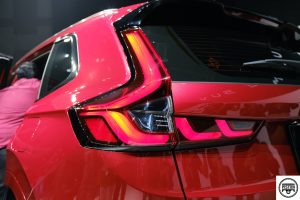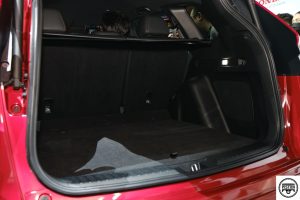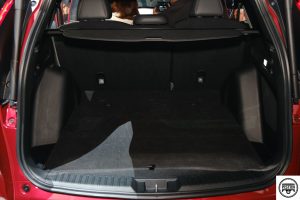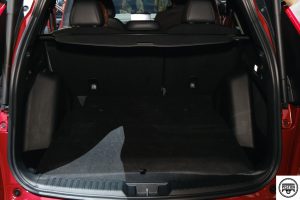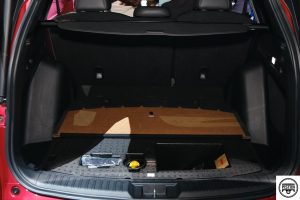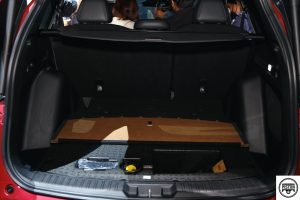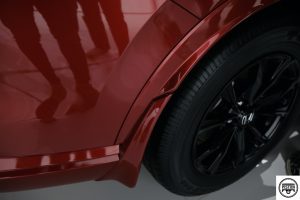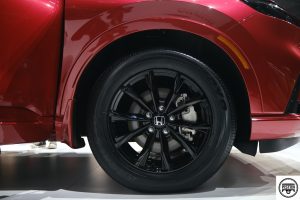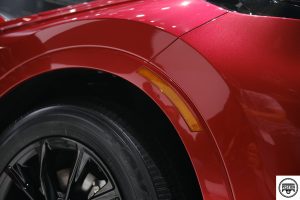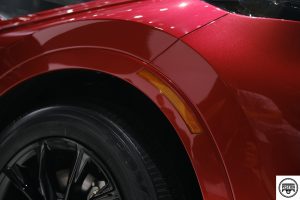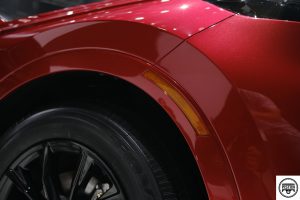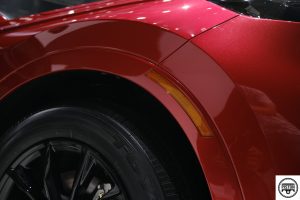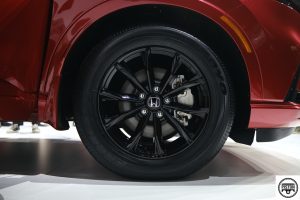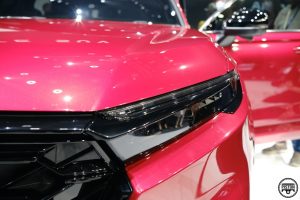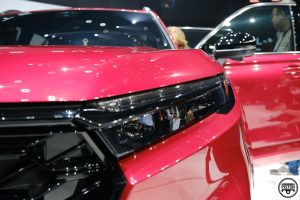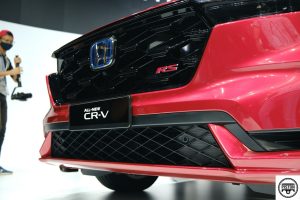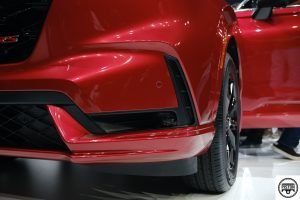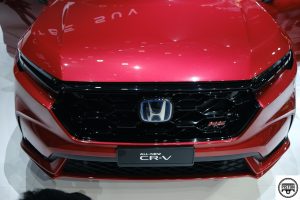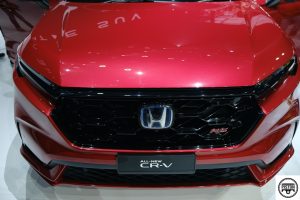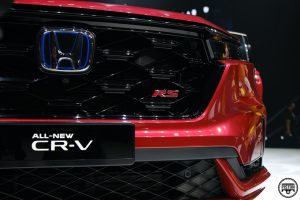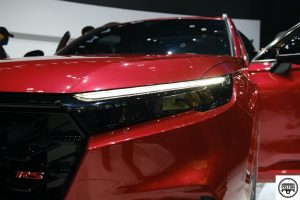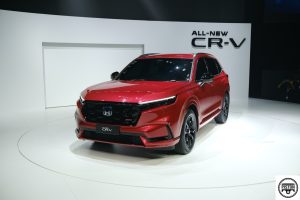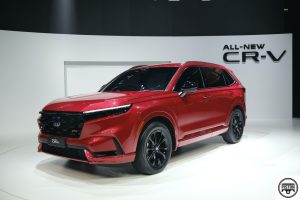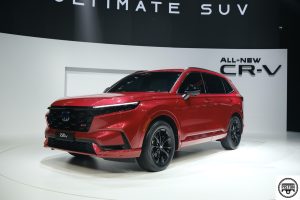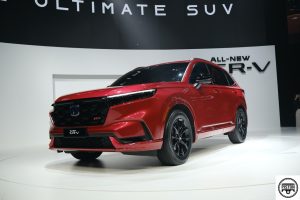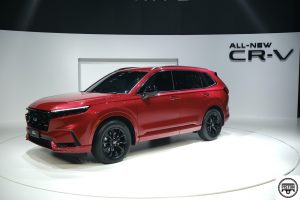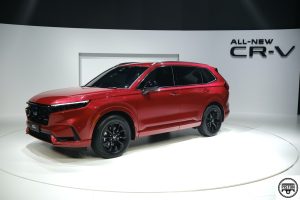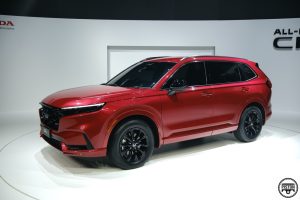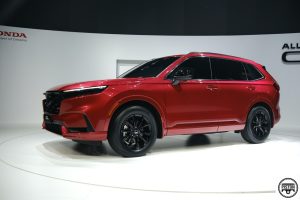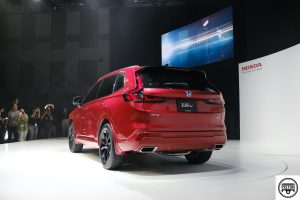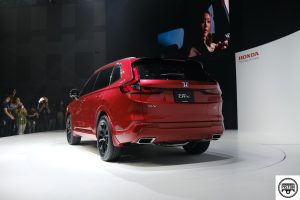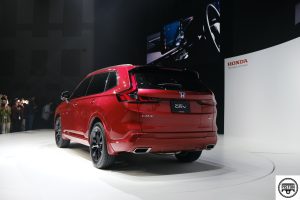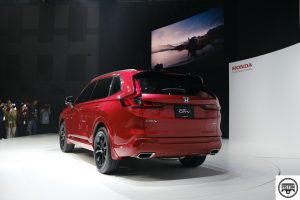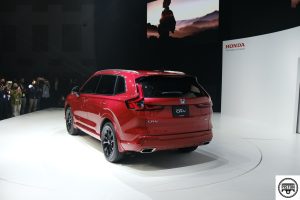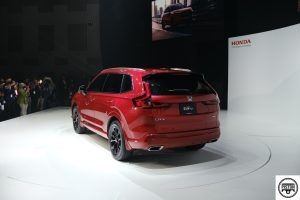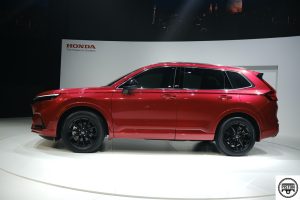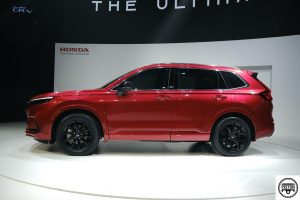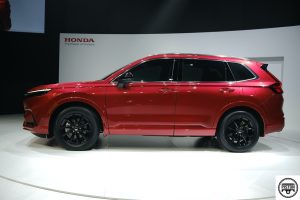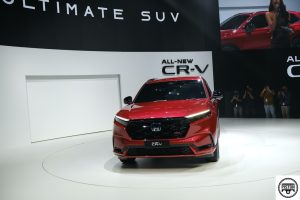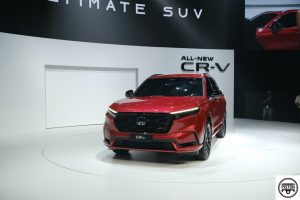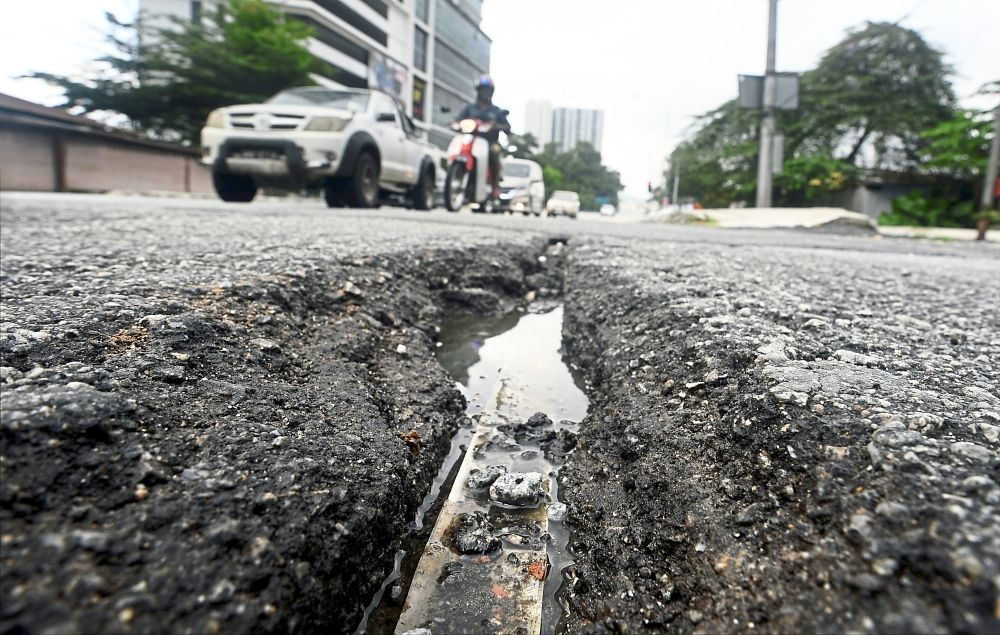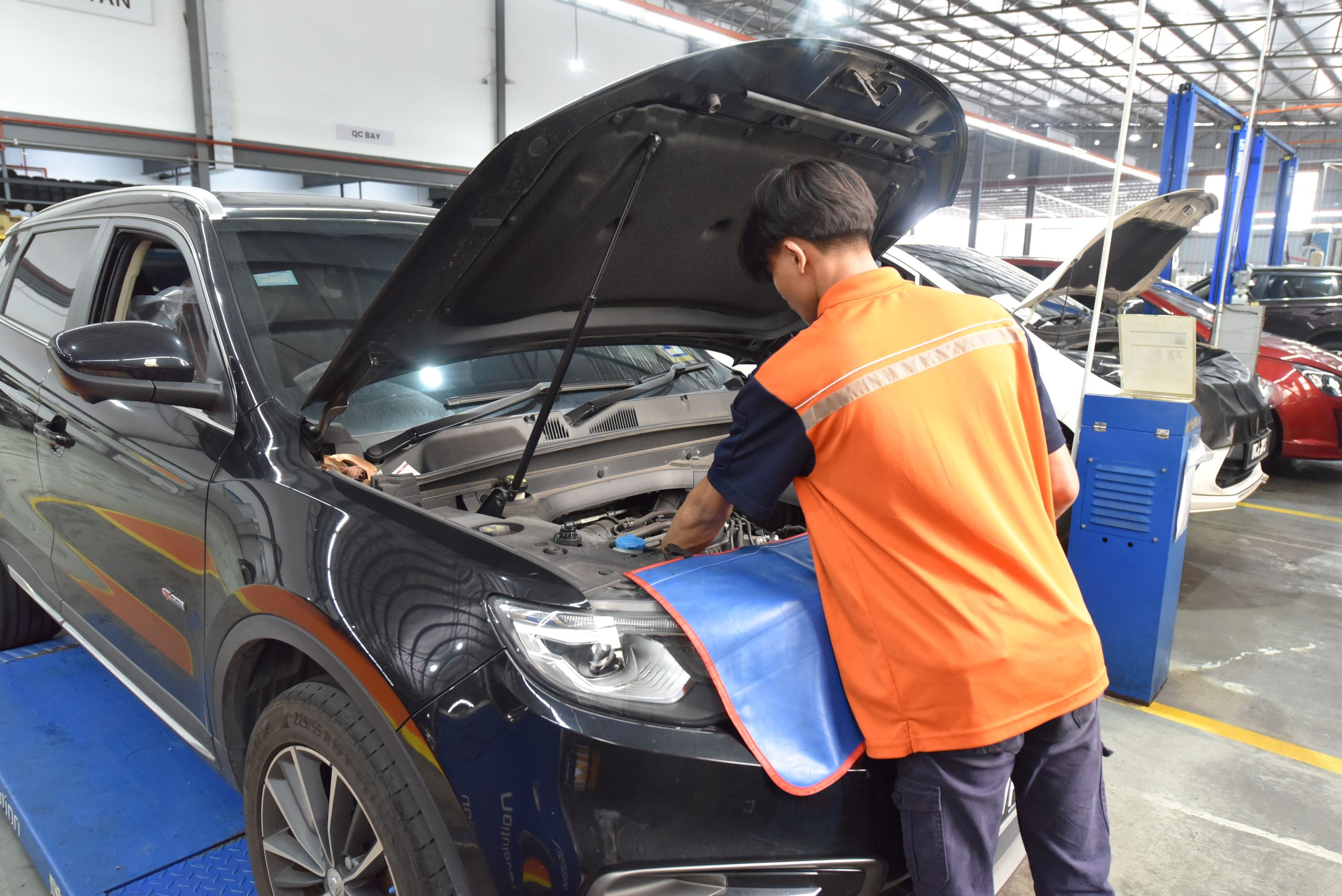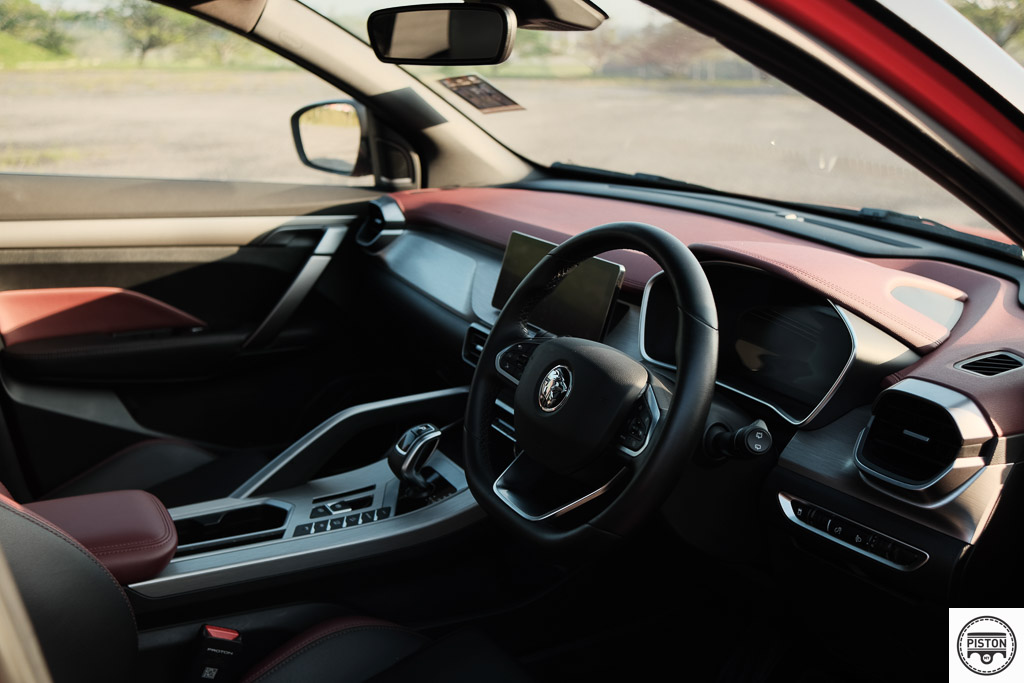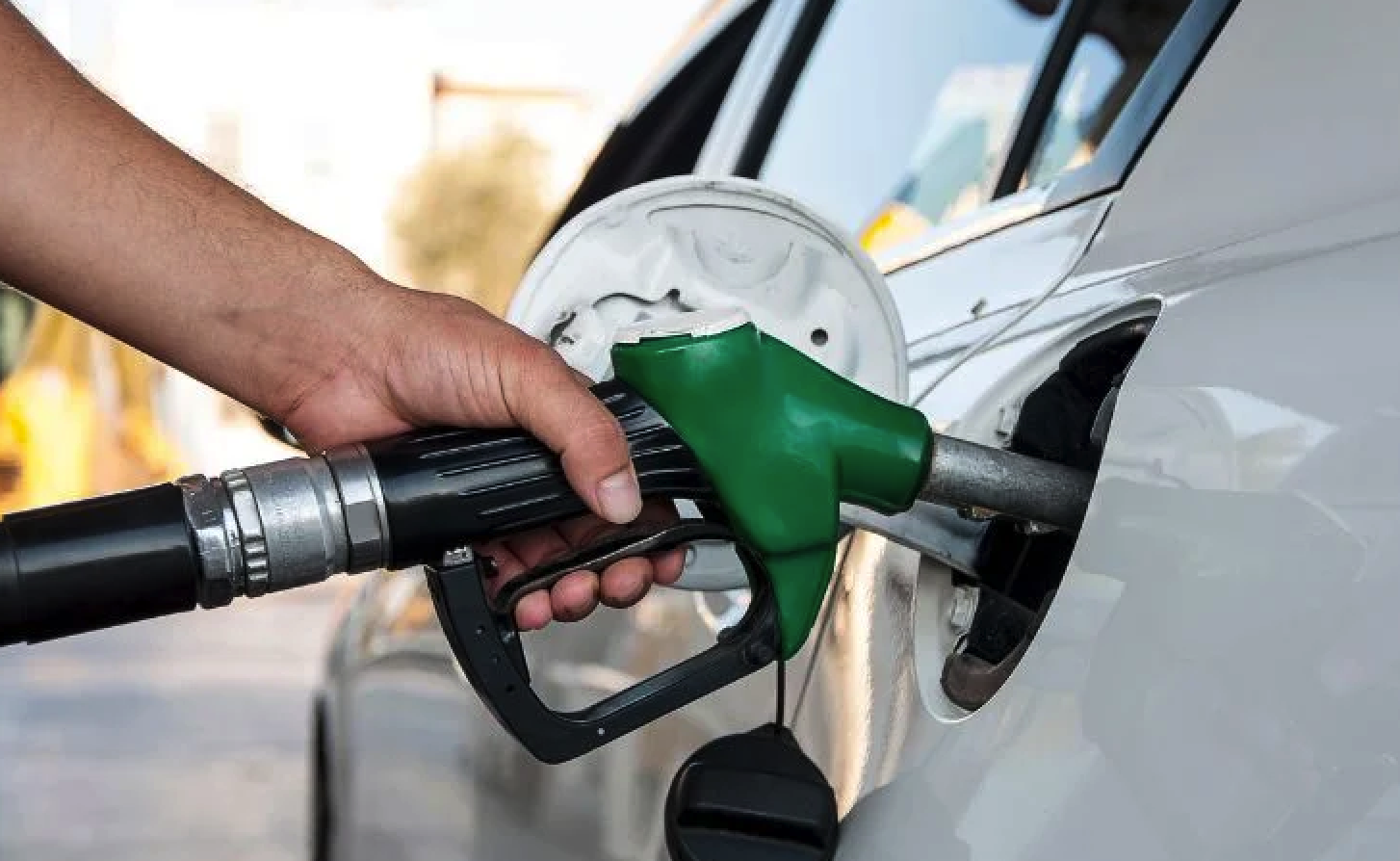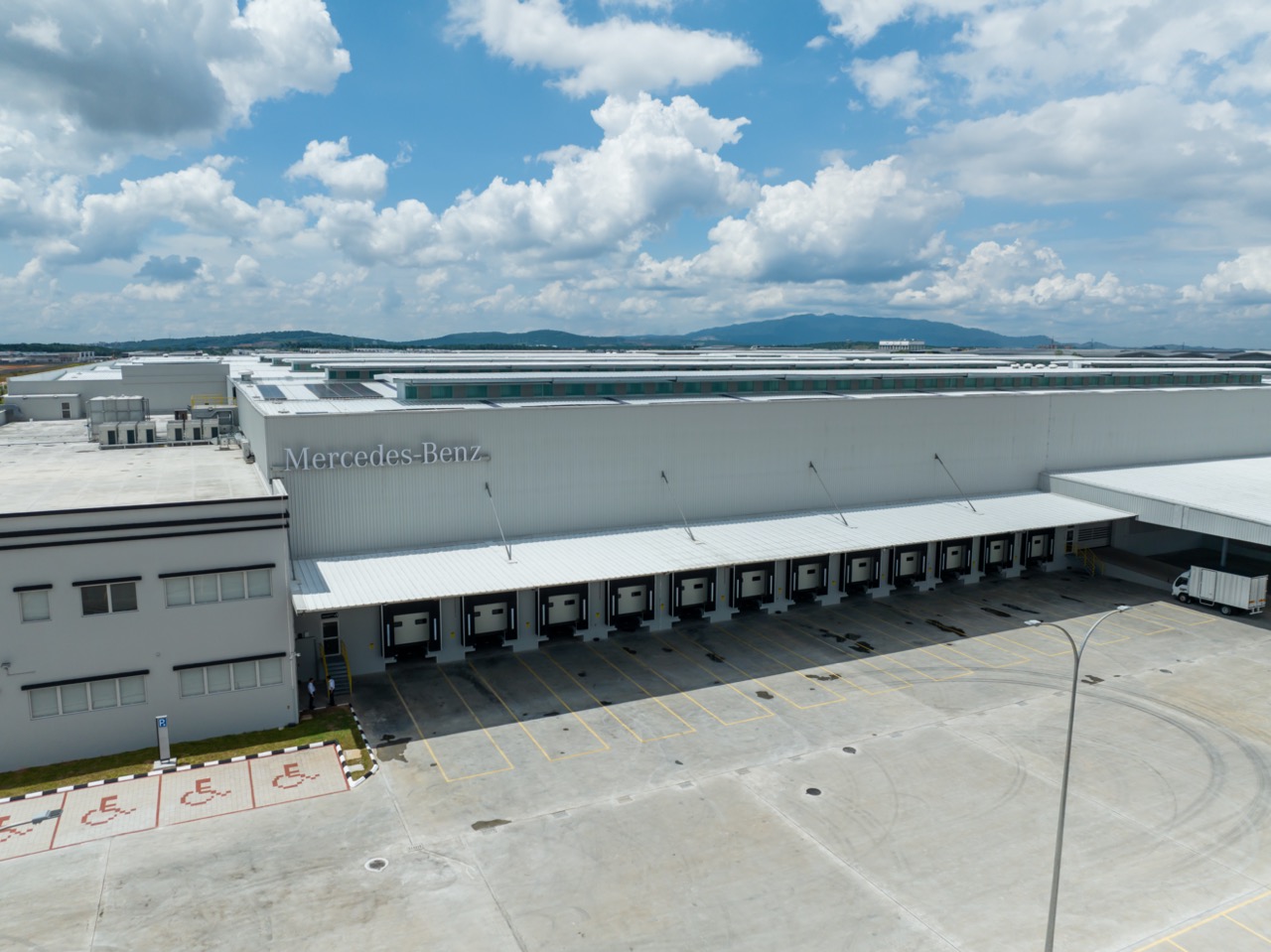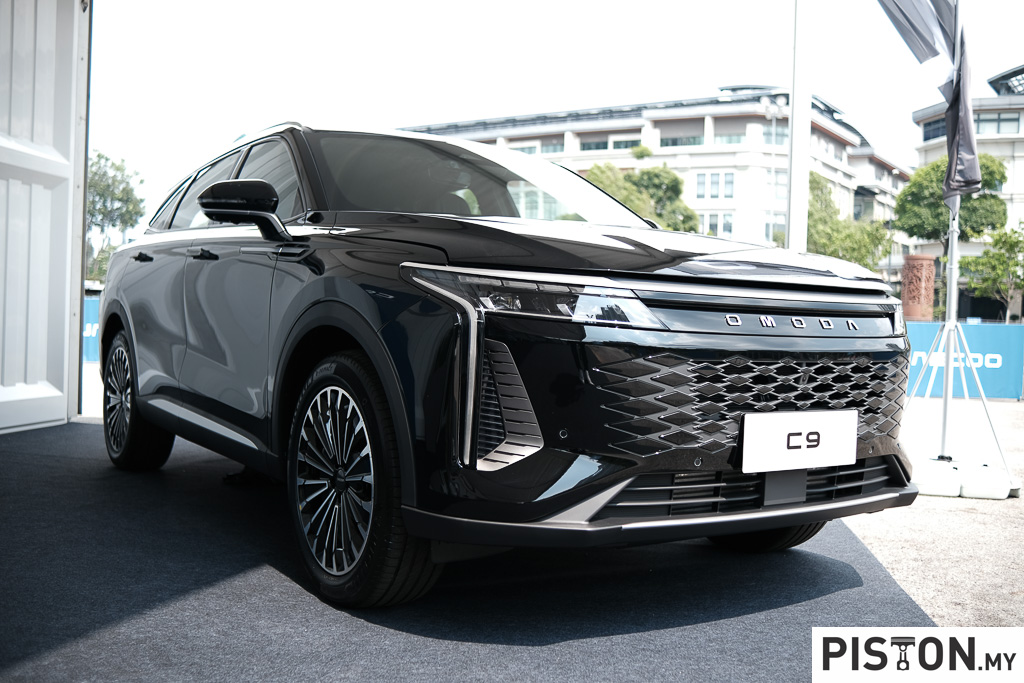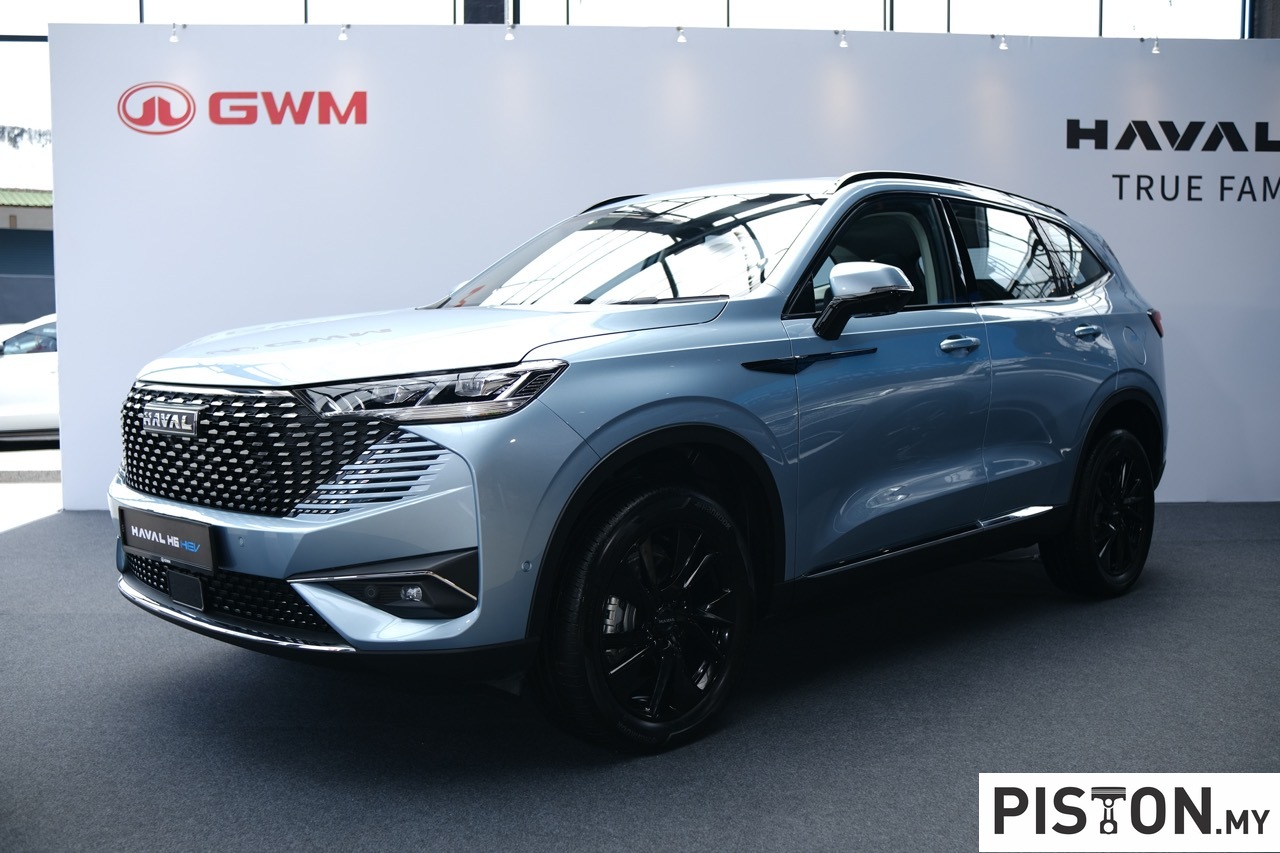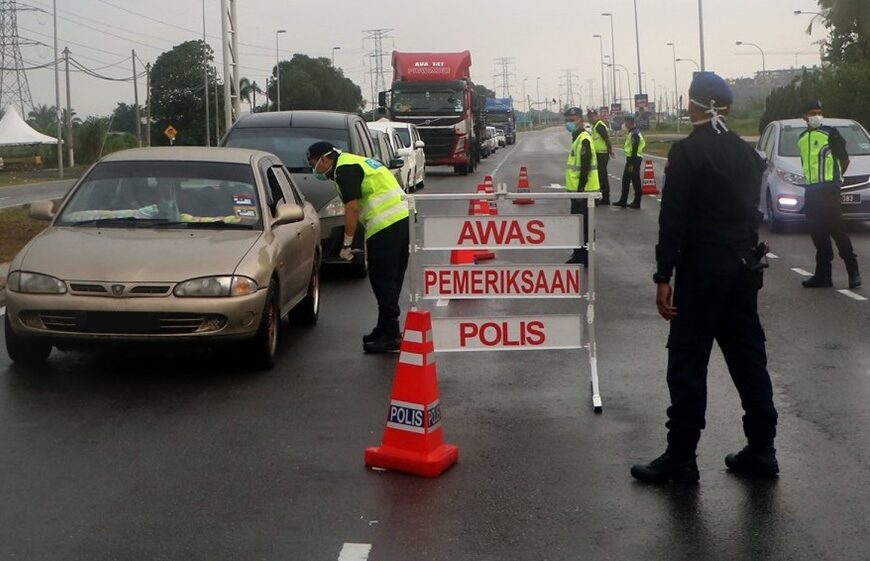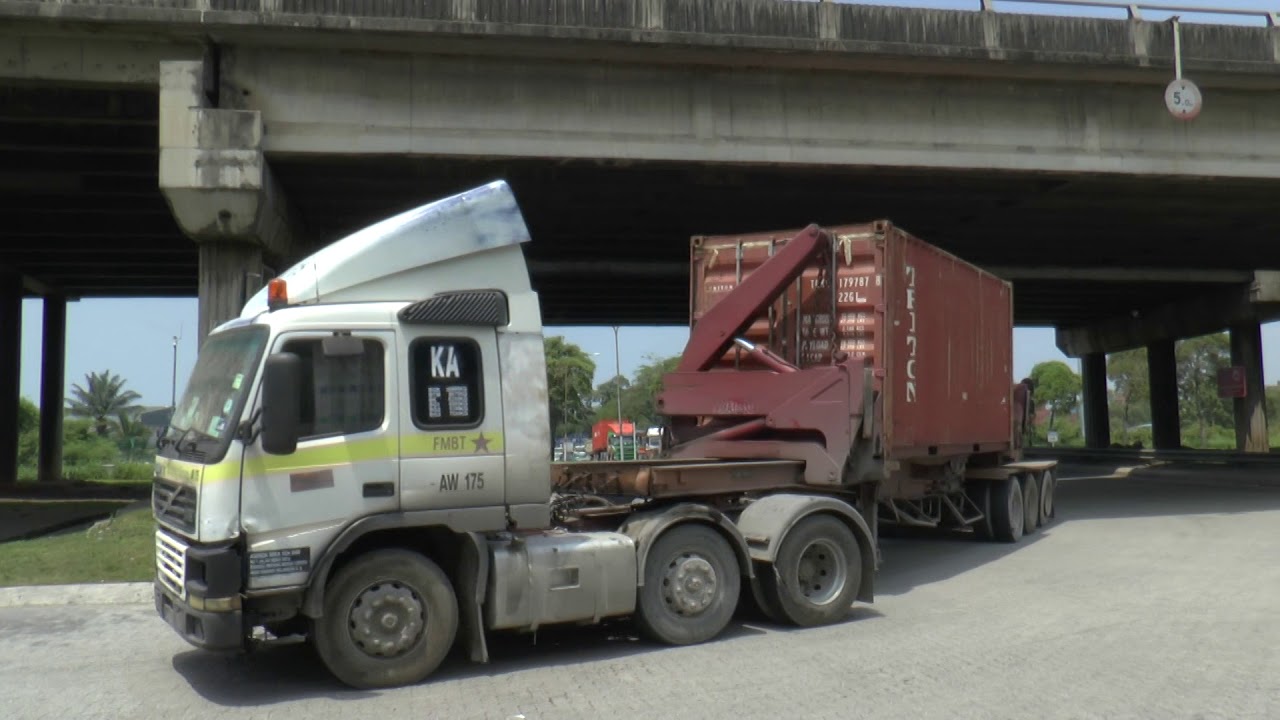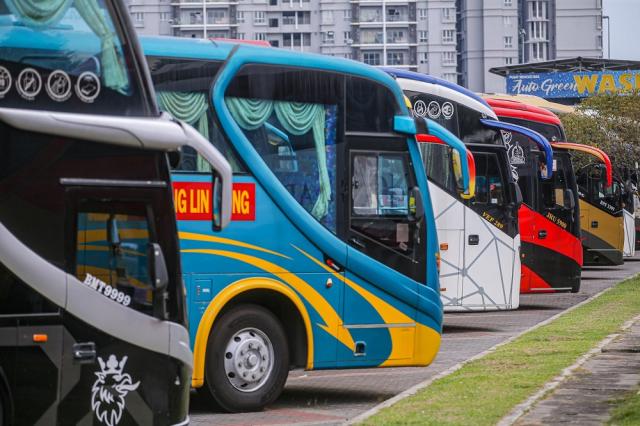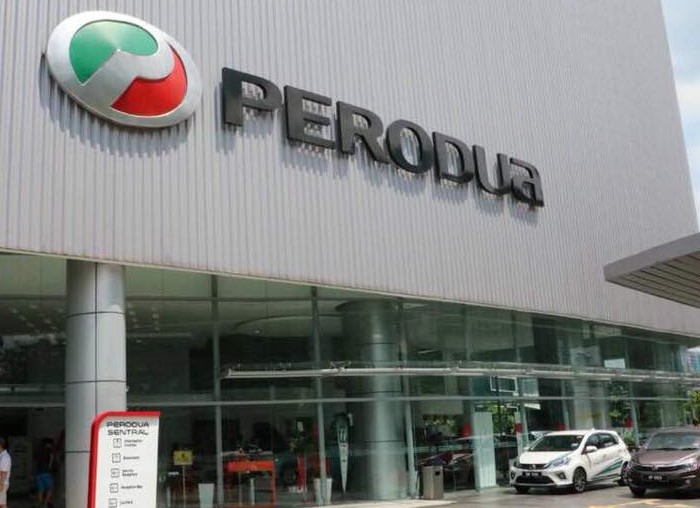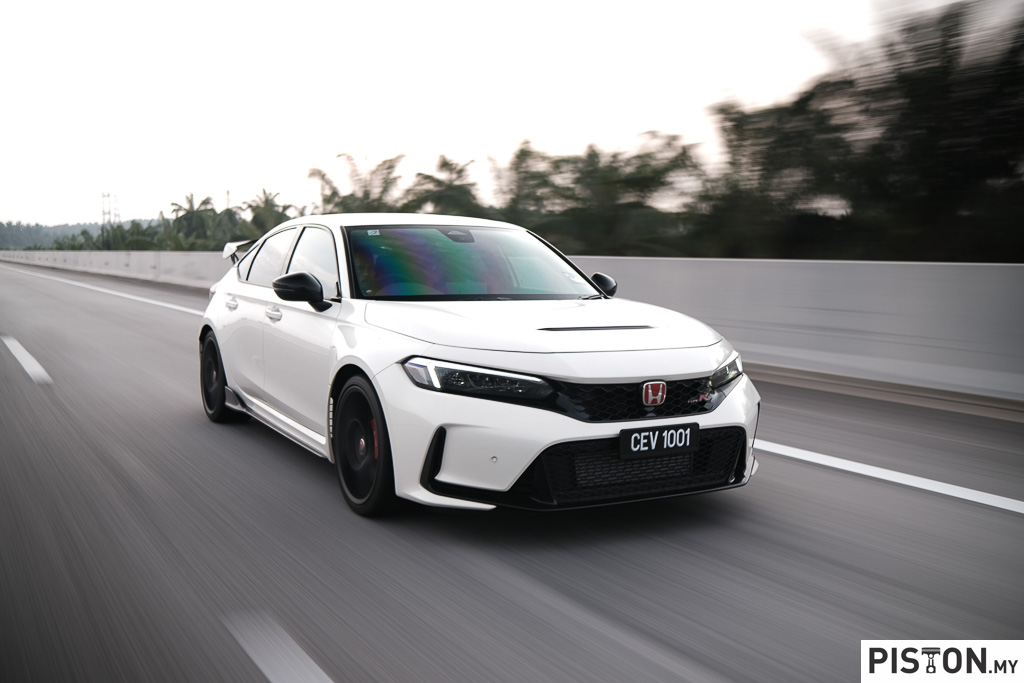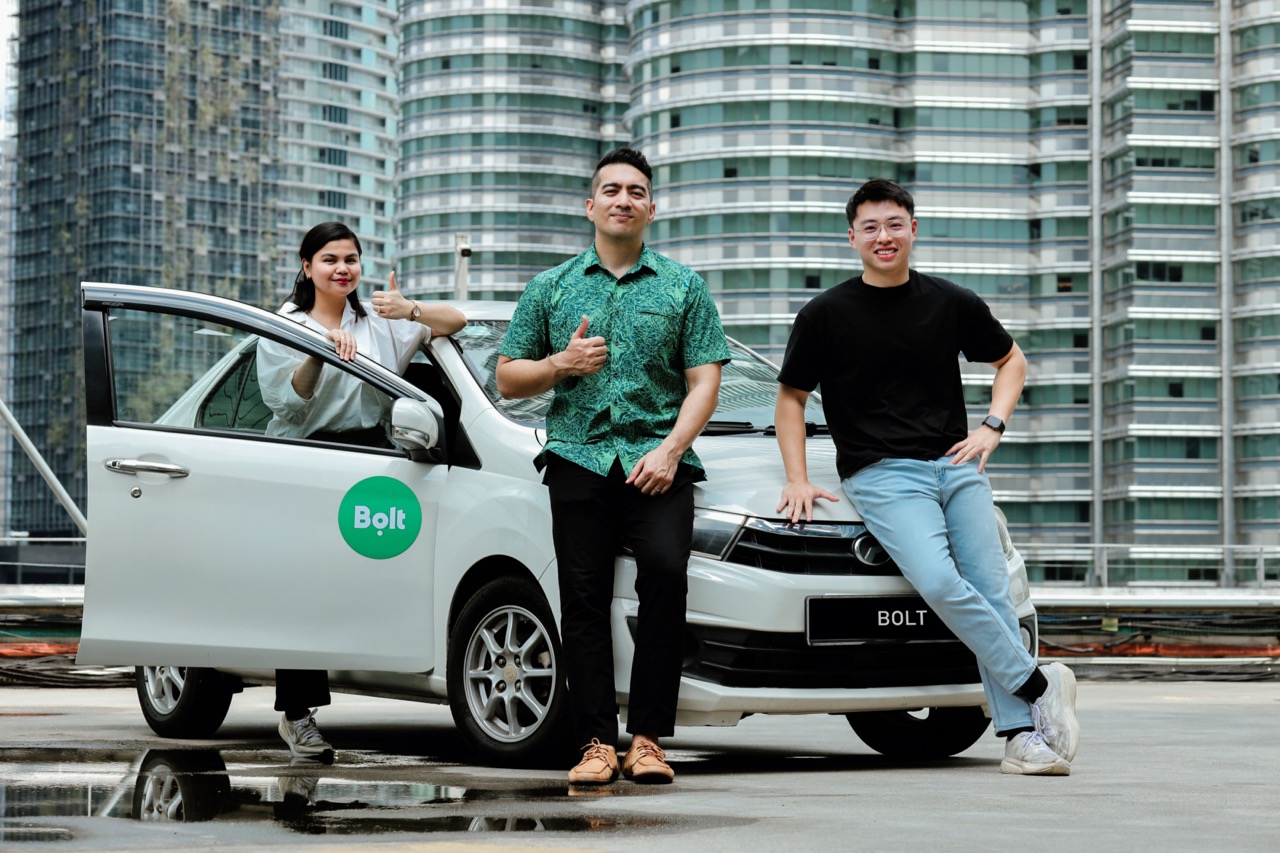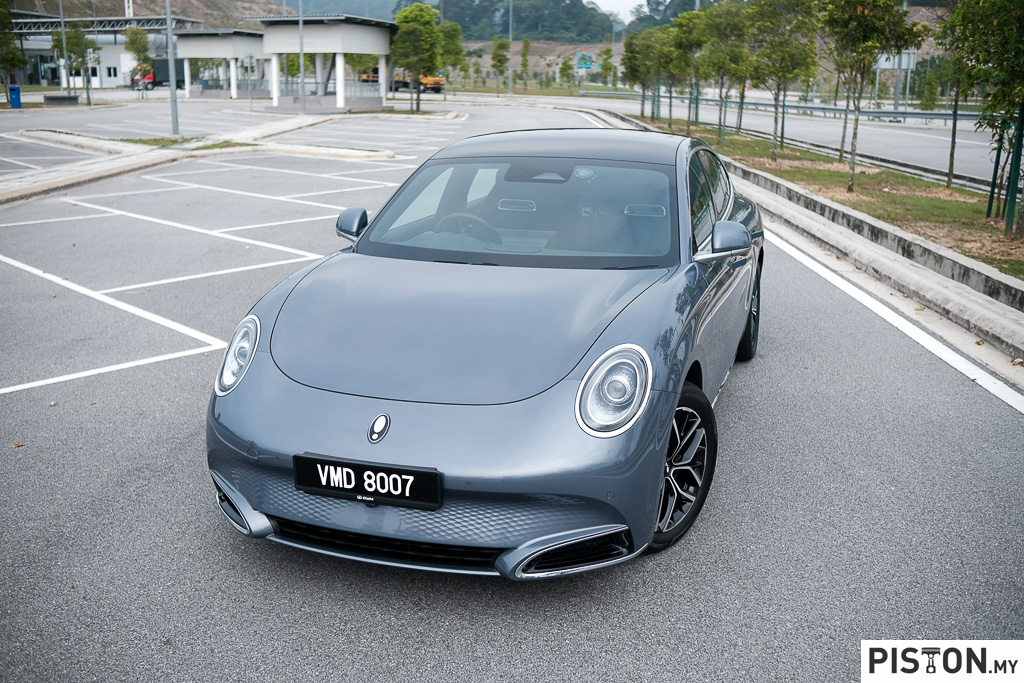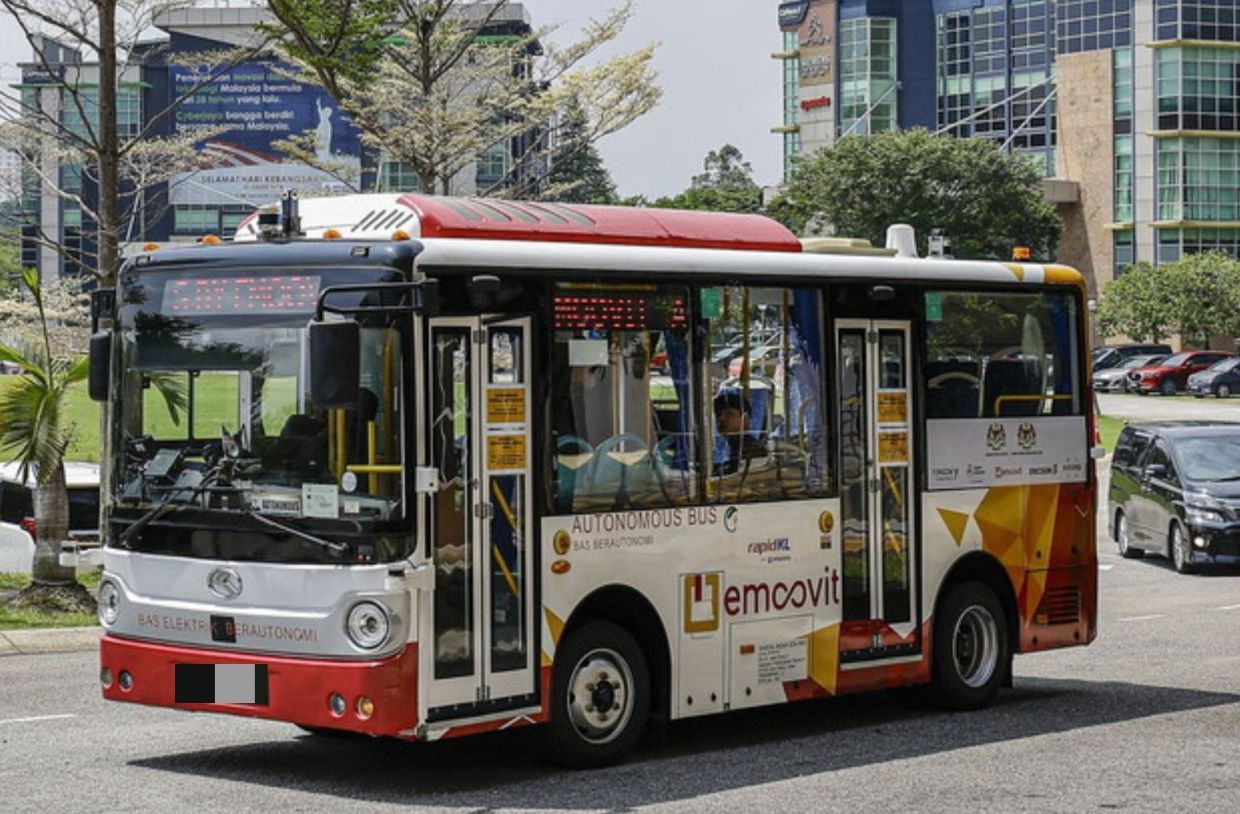Bookings for the new Honda CR-V (Comfortable Runabout Vehicle) were open to Malaysians a month ago and now, Honda Malaysia has officially launched the CR-V here. The CR-V, a model with a 20-year history, holds the distinction of being the first Completely Knocked-Down (CKD) model produced at Honda Malaysia’s Melaka manufacturing plant in 2003. It has been one of Honda Malaysia’s most successful models with close to 130,000 units sold.
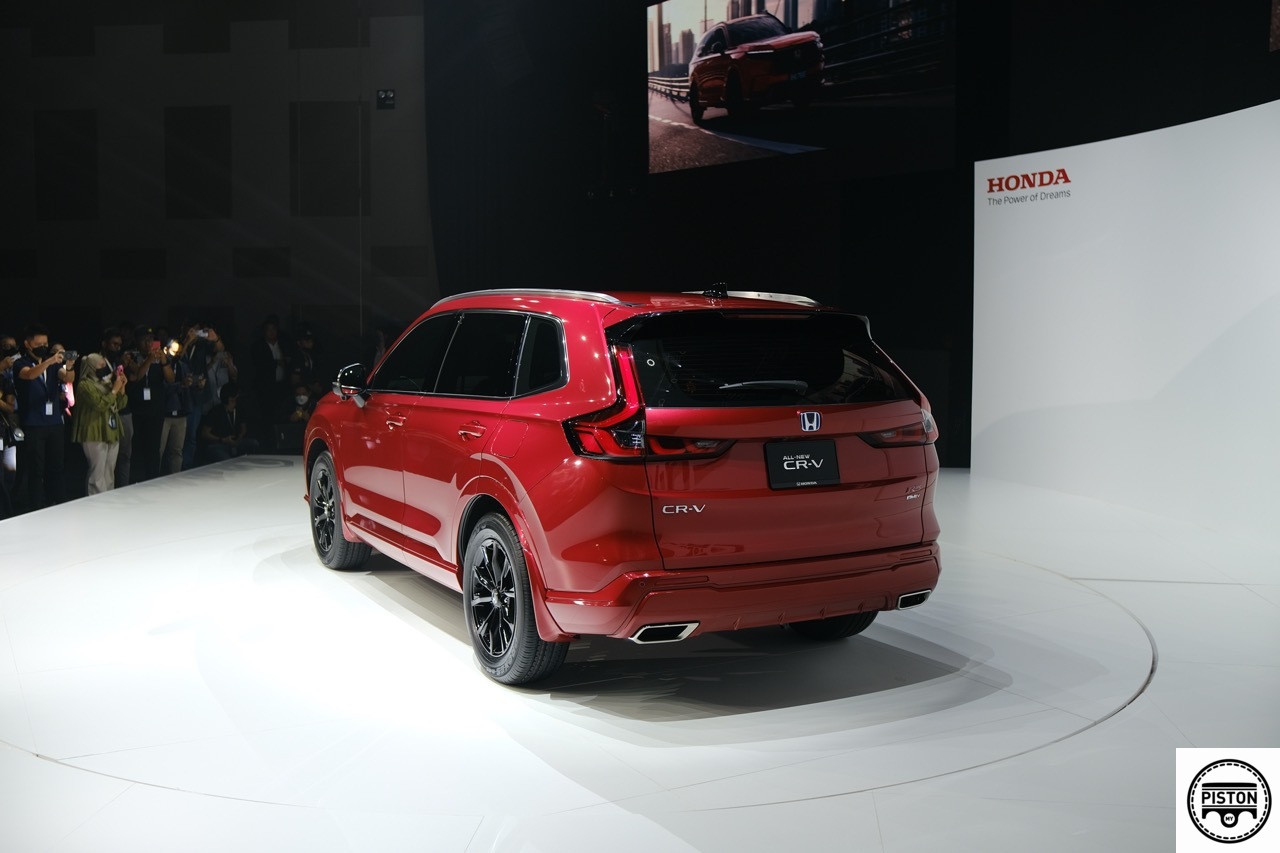
What’s new for the sixth-generation CR-V? First, there are four trim levels to choose from, which are the 1.5L S and 1.5L E, both of which are 2WD models. At the top of the turbo range is an AWD variant, and the 1.5L AWD now has a V-grade identification. The well-known 1.5L VTEC Turbo from the previous generation is present in all three, along with the similarly well-known CVT gearbox and, lastly, sitting at the top is the brand-new 2.0L e:HEV RS, which is a powertrain we first saw in the new Honda Civic.
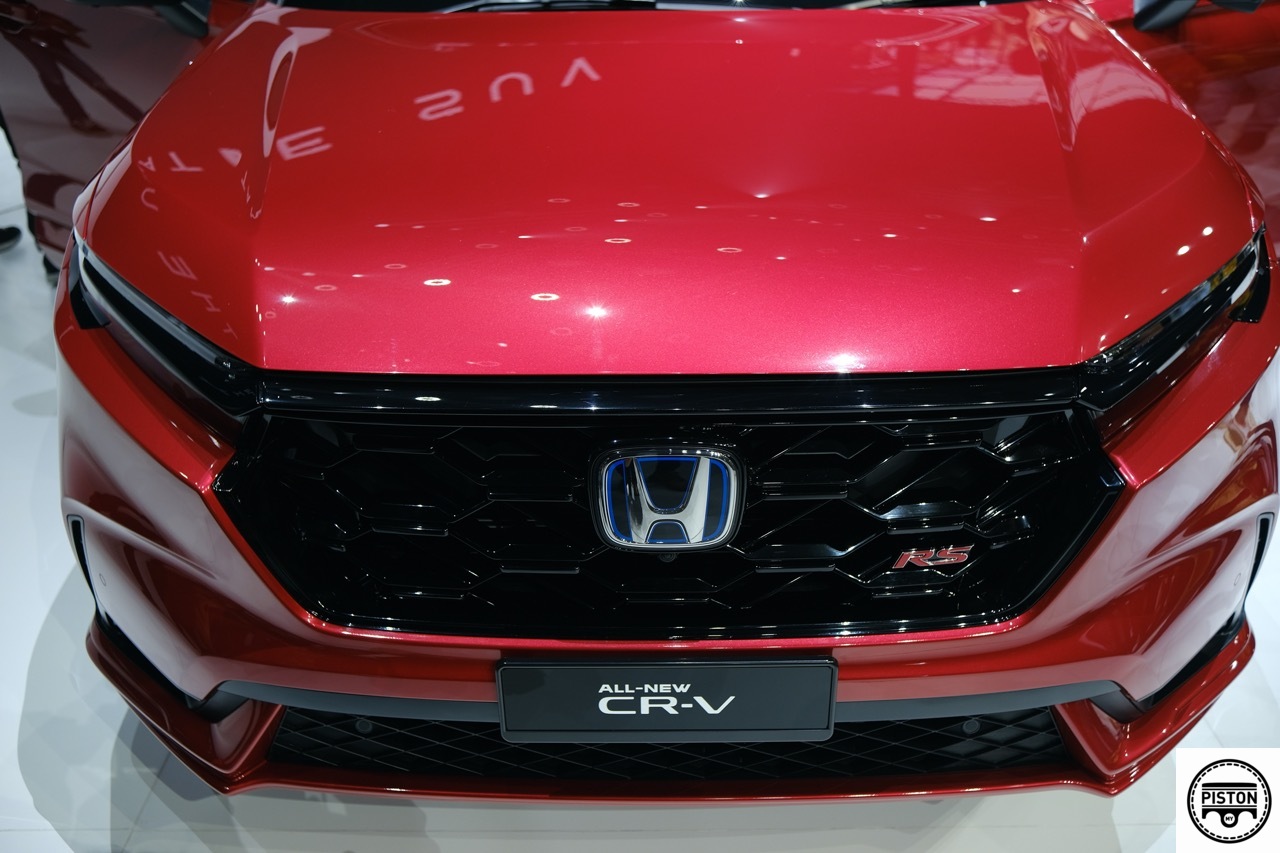
The 2.0L e:HEV powertrain puts out 184PS and 335Nm of torque while the 1.5L turbo puts out 193PS and 243Nm of torque.
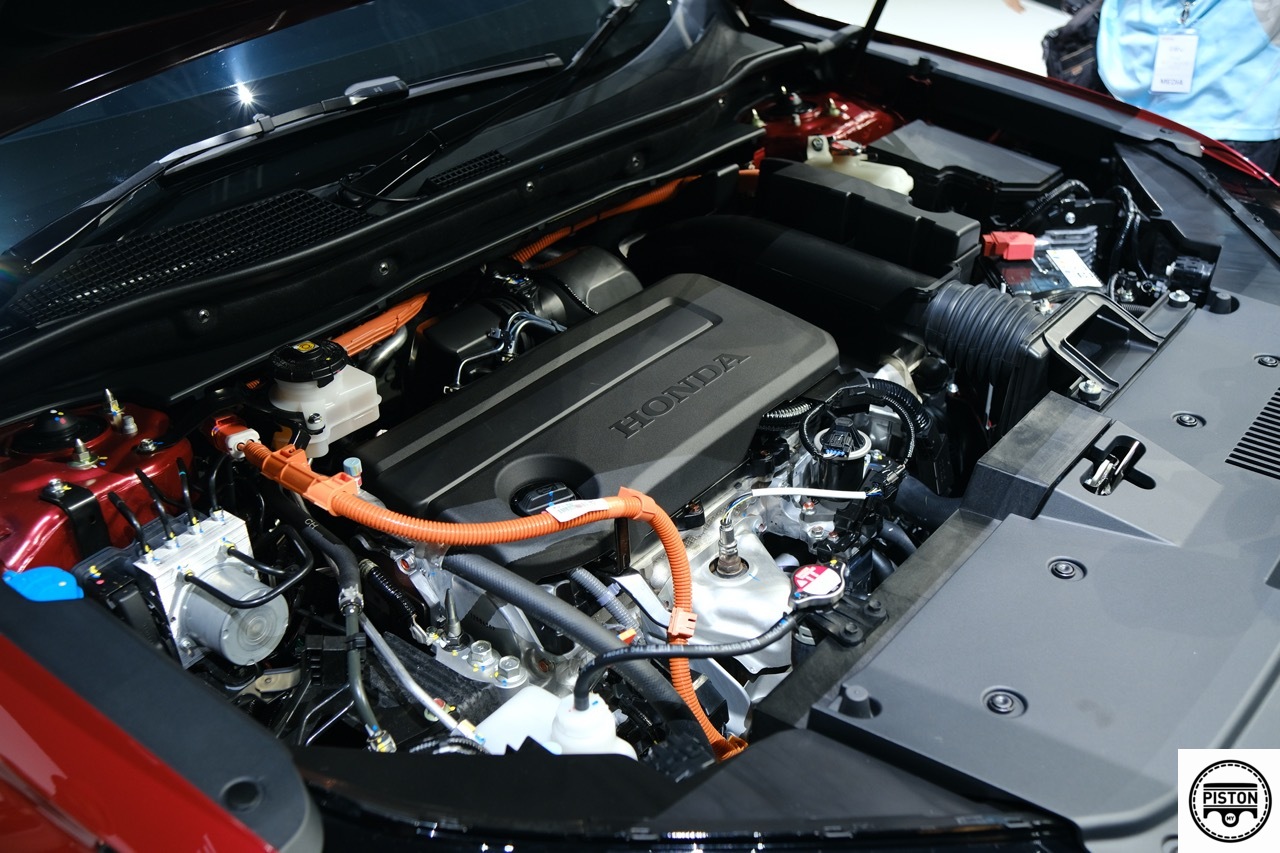
The new CR-V introduces a modern design concept that combines refined elegance with a sophisticated appearance, embodying Honda’s design language. The e:HEV RS has a premium feel with distinct styling, featuring a bold mesh pattern front grille, full LED headlights and tail lights, LED front fog lights, and front LED sequential turn signals. Sleek door handles and Berlina Black 18-inch alloy wheels further contribute to its modern and stylish profile. In terms of sizing, compared to the fifth generation CR-V, the new body is 10mm wider, 80mm longer with a 40mm longer wheelbase.
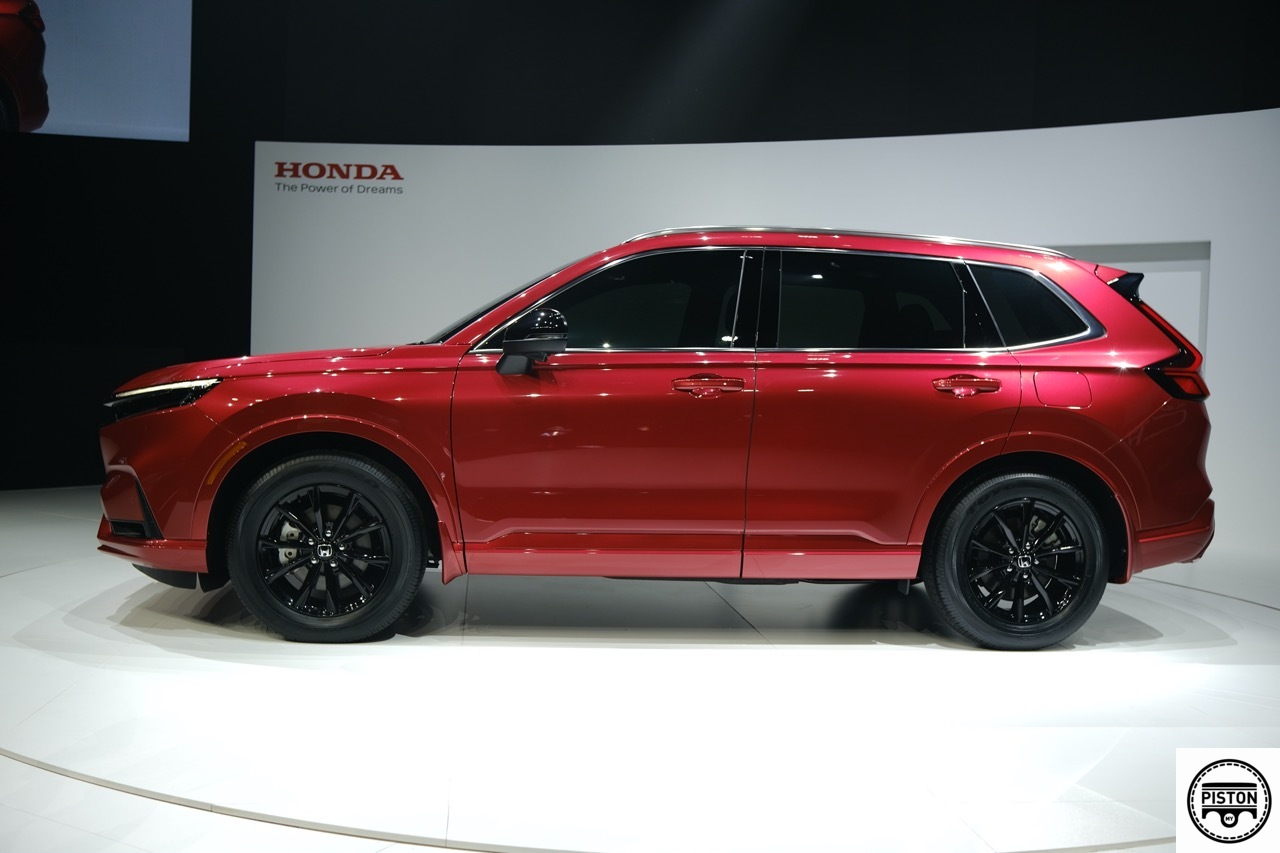
The model (S, E and e:HEV RS variants) is bigger and wider than its predecessor, setting an imposing stance with its 4,691mm length, 1,866mm width, 1,681mm height and 2,701mm wheelbase.
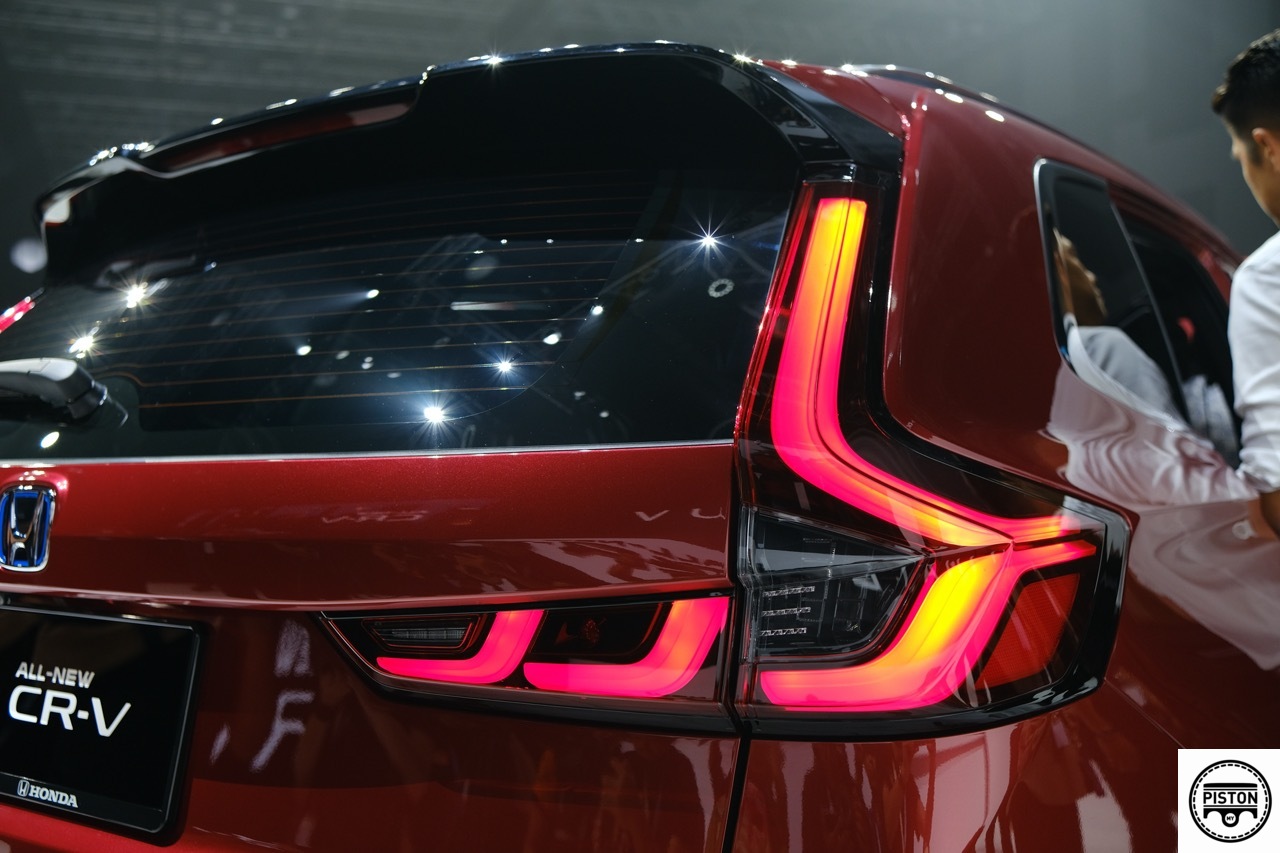
Enhancing both aerodynamics and fuel efficiency, the e:HEV RS variant incorporates an Active Shutter Grille, a first for the CR-V model. This grille, mounted on the Front Lower Bumper, intelligently regulates cooling airflow based on speed, engine temperature, and cooling requirements and it contributes 0.3% to fuel efficiency.
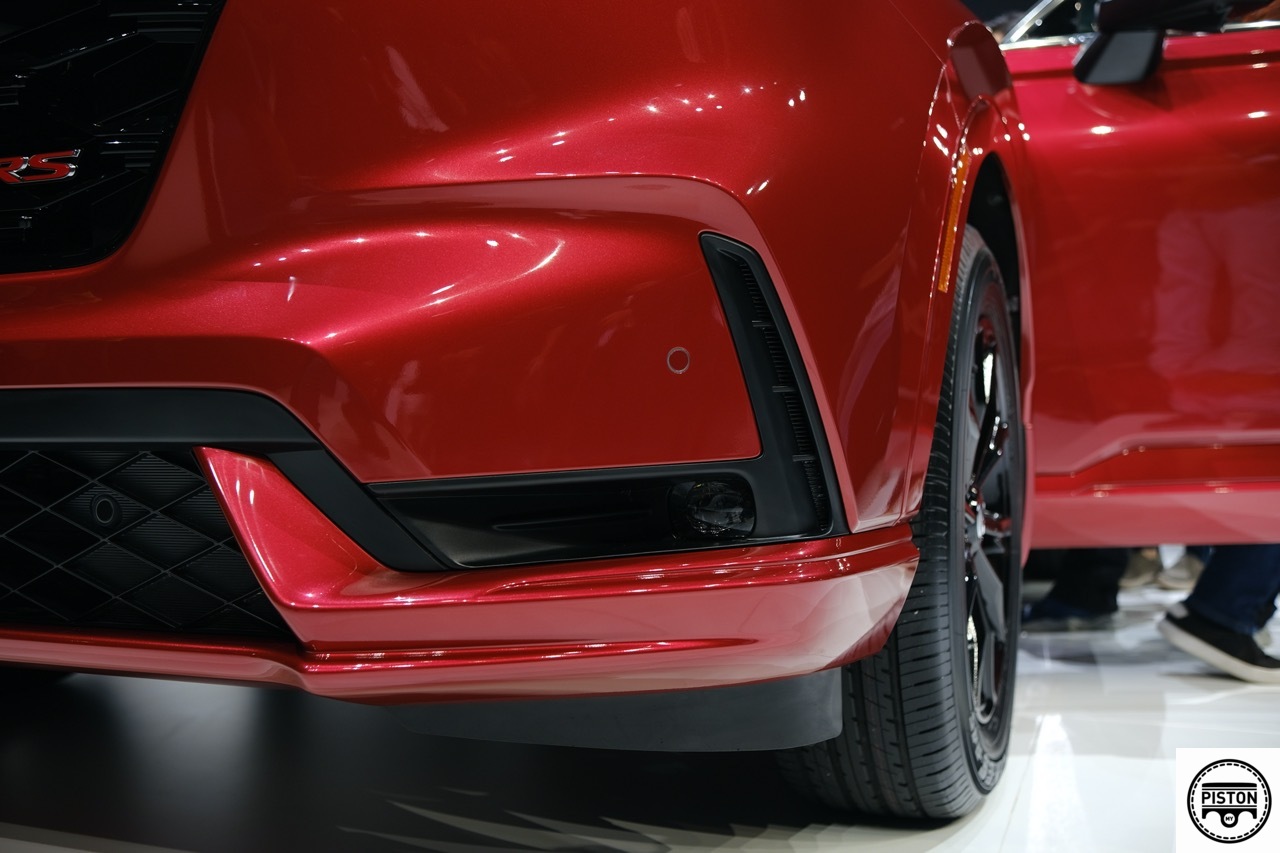
The boot capacity now sits at 589 litres when the rear seats are up and increases to a capacious 1,072 litres when the seats are laid flat. It has a low loading height, making it easy to move heavier items onto and off the SUV.
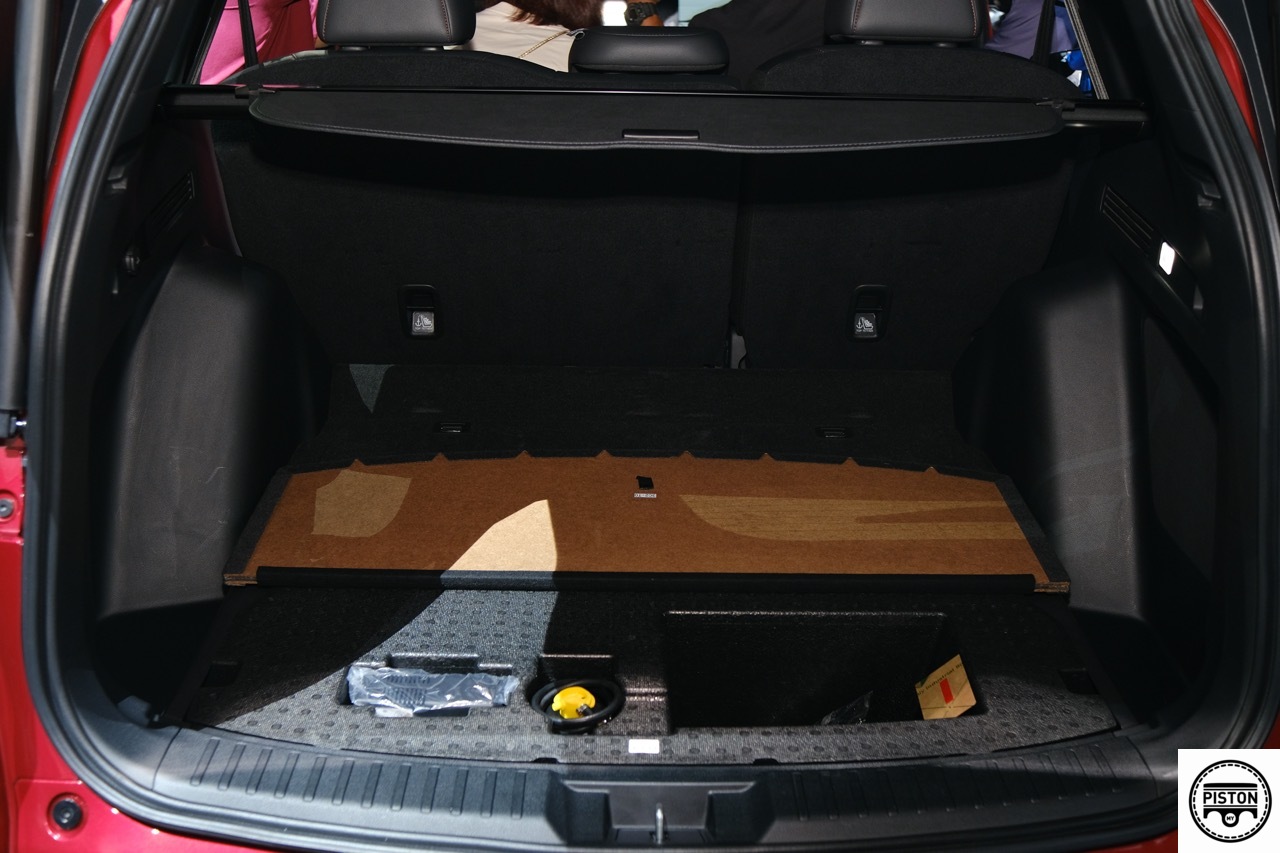
Inside, the new CR-V e:HEV RS comes with a 12-speaker Bose sound system while the other variants come with eight speakers. You will also find an improved dashboard as seen in the Civic and with it is a nine-inch infotainment touchscreen, seven-inch for the base S variant. The V and e:HEV RS variants offer interior ambient lighting.
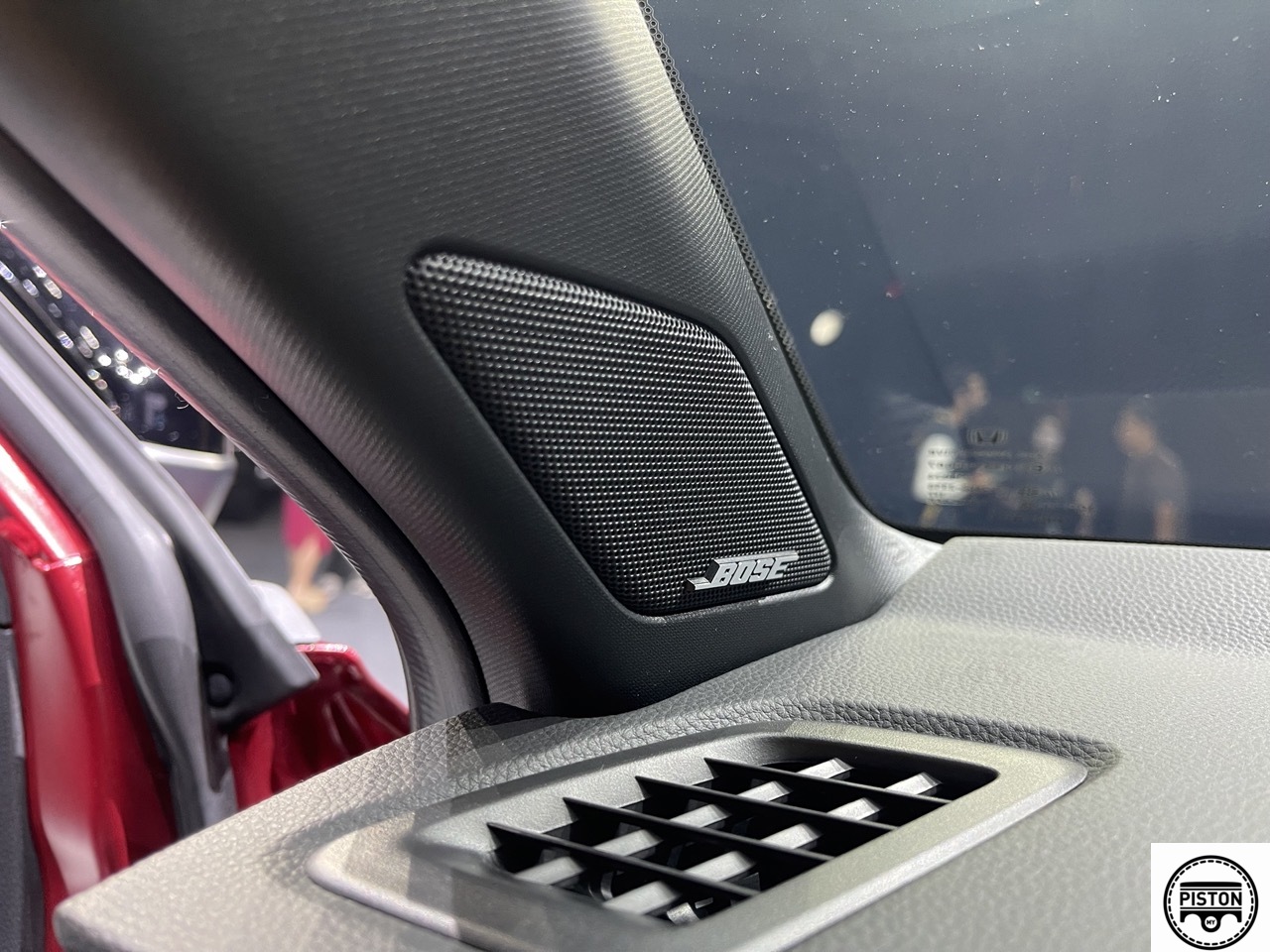
Additionally, the new CR-V features Honda Body Stabilising Seats. This is the first CR-V to use Honda’s Body Stabilising Seat for front passengers, which has a planar resin mat construction to support the occupant’s entire lower body for increased support and stability, extending from the pelvis to the lumbar spine. This raises the hip point position, which facilitates getting in and out of the SUV.
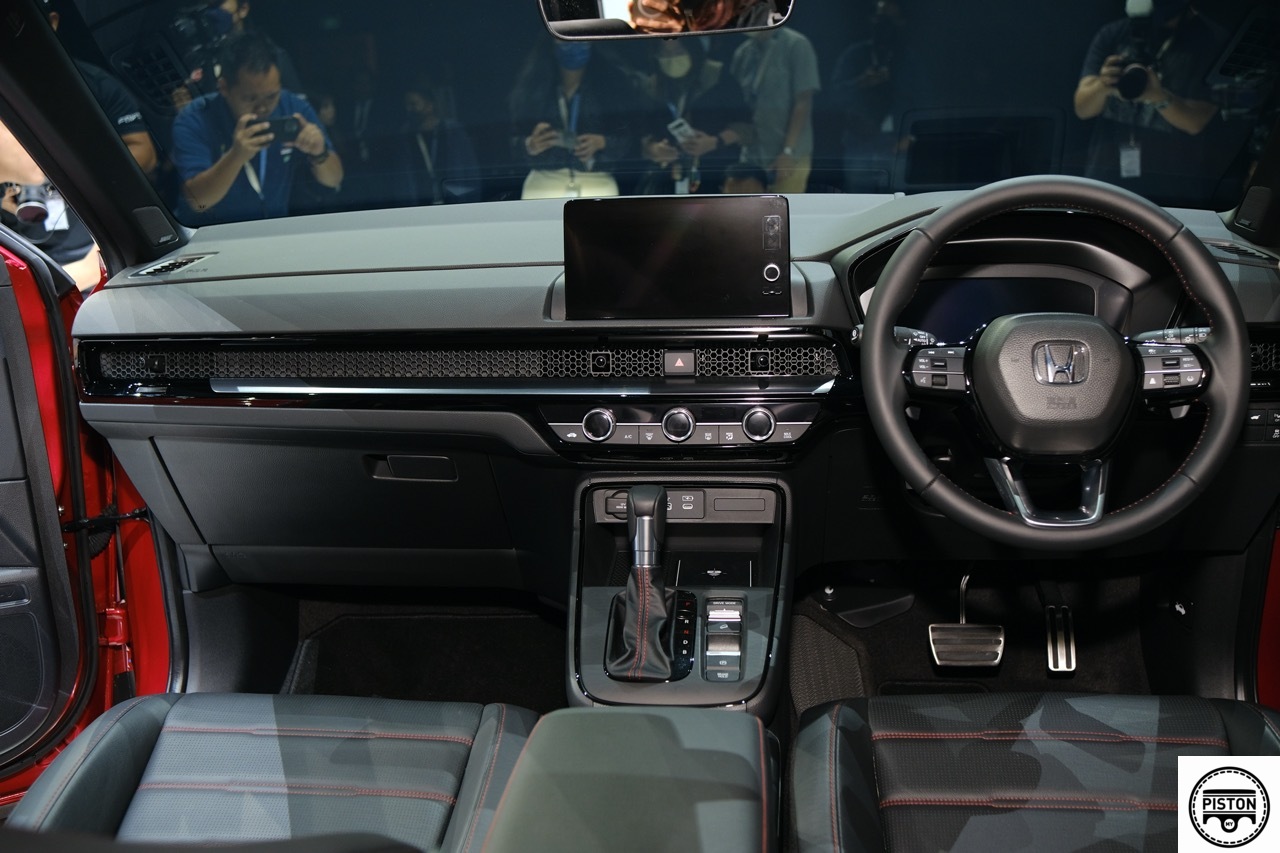
Qi wireless charging, a 360-degree camera, a Honda key card, and wireless Apple CarPlay are among the new features of the CR-V, which also has Android Auto connectivity. Depending on the model, the instrument cluster is either a 10.25-inch fully digital display or a seven-inch semi-digital one with an analogue speedometer, similar to the Civic.
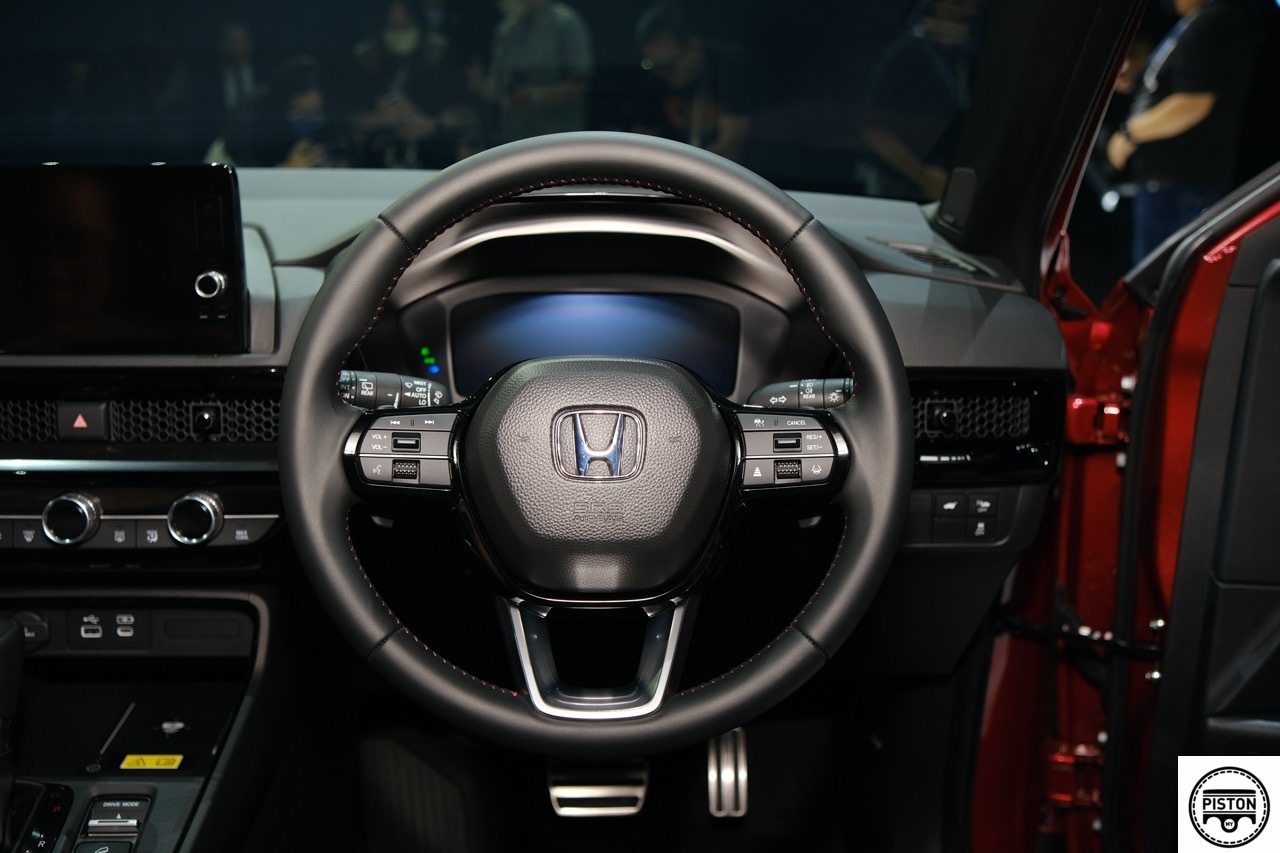
Safety wise, the new CR-V comes with Honda Sensing with advanced technology such as the combination of radar, camera and sonar sensor for better detection angles. This helps with lane departure warning (LDW), road departure mitigation (RDM), lane keep assist system (LKAS), forward collision warning (FCW), collision mitigation braking system (CMBS), lead car departure notification system (LCDN), adaptive cruise control (ACC), low speed follow (LSF), and the RS trim comes with adaptive driving beam.
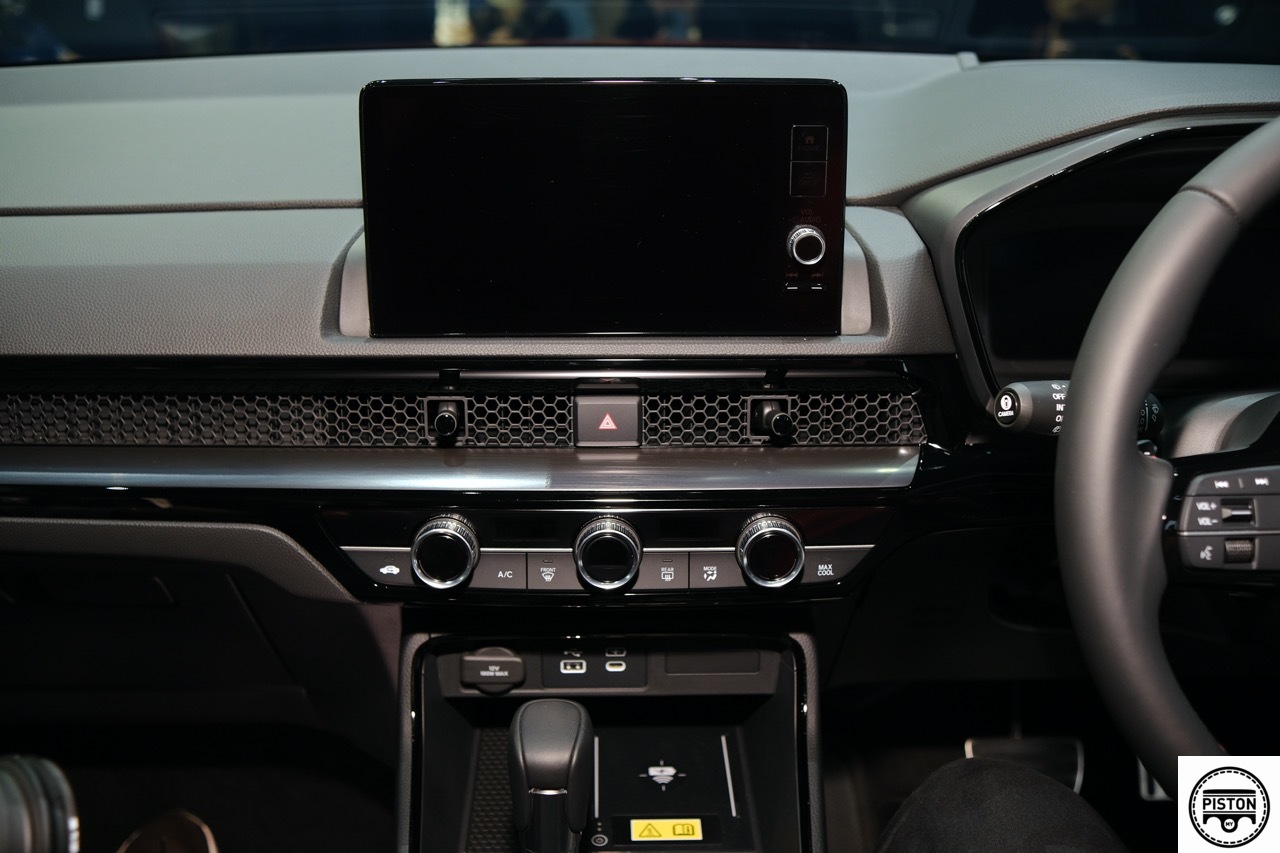
For the first time in Honda Malaysia, the model incorporates a total of eight Airbags with the inclusion of two Knee Airbags. This feature, along with Honda Connect, comes as standard across all variants.
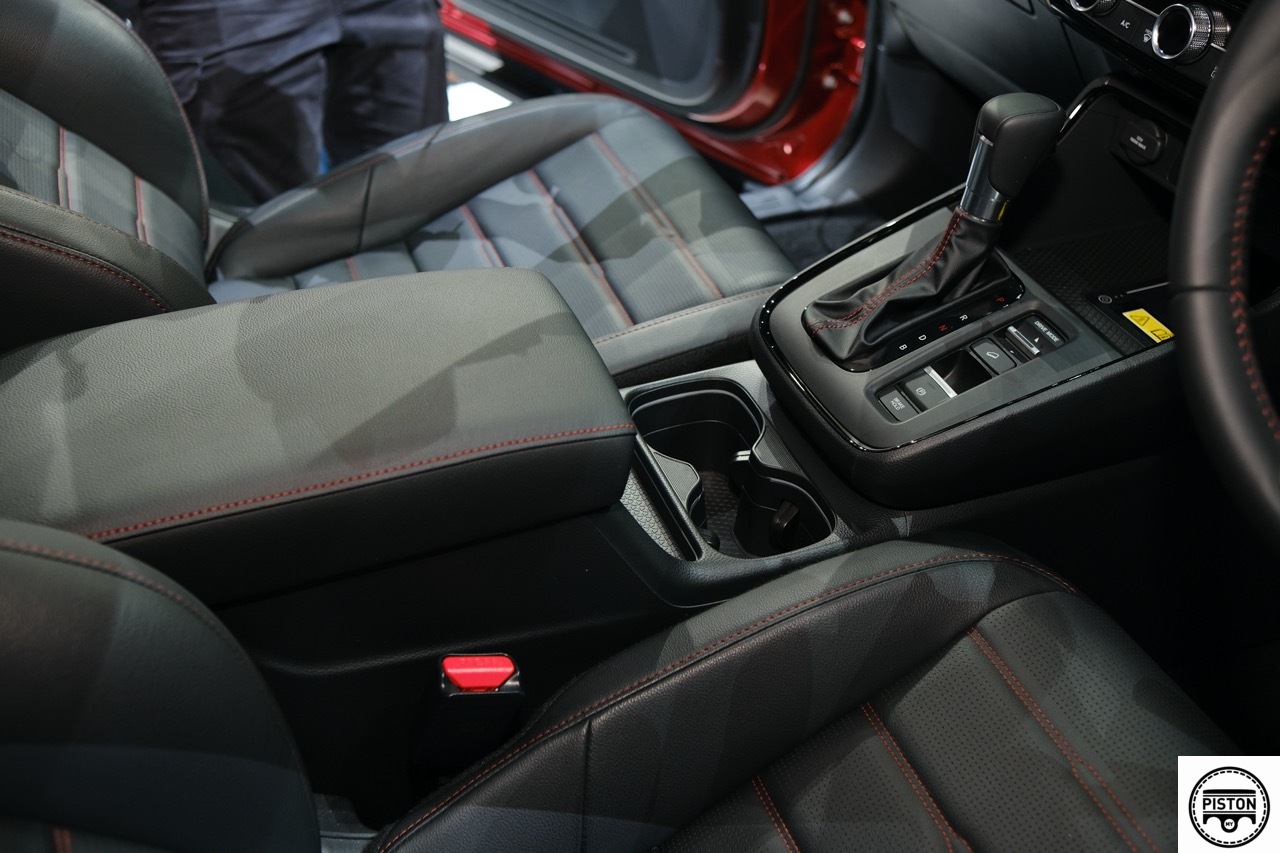
The all-new CR-V provides customers with a choice of five attractive colours. Available for the first time in Honda Malaysia is Canyon River Blue Metallic, joining the line-up of Platinum White Pearl, Lunar Silver Metallic, Meteoroid Gray Metallic, and Ignite Red Metallic.
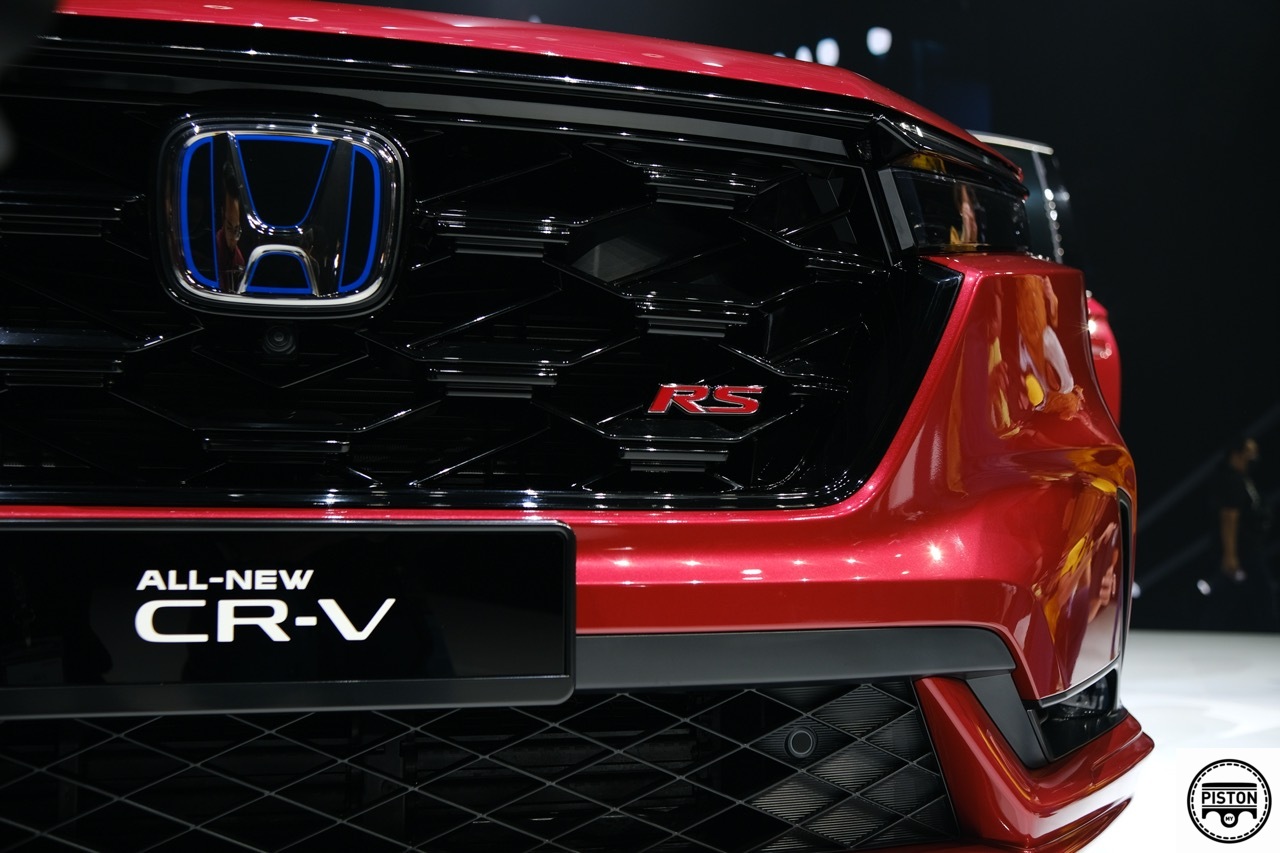
The S variant is priced at RM159,900.00, the E at RM169,900.00 and the V at RM181,900.00. The e:HEV RS variant will only be available in early 2024, and Honda Malaysia will announce the price closer to the delivery period.
The comprehensive SUV package of the all-new CR-V contributed to its soaring popularity, amassing over 2,000 bookings in just one month.
This year, Honda is commemorating its 75th Anniversary, coinciding with Honda Malaysia’s celebration of 20 years of Completely Knocked Down (CKD) CR-V production as this model was the first car assembled in its Melaka plant. In conjunction with the celebration of these milestones, the All-New CR-V S Variant is offered at RM157,900 only for 750 units on a first-come, first served basis.





